Forums
- Forums
- Axis And Allies Forum
- General Discussion
- Aviation News
Aviation News
Post a reply
- Go to Previous topic
- Go to Next topic
- Go to Welcome
- Go to Introduce Yourself
- Go to General Discussion
- Go to Screenshots, Images and Videos
- Go to Off topic
- Go to Works in Progress
- Go to Skinning Tips / Tutorials
- Go to Skin Requests
- Go to IJAAF Library
- Go to Luftwaffe Library
- Go to RAF Library
- Go to USAAF / USN Library
- Go to Misc Library
- Go to The Ops Room
- Go to Made in Germany
- Go to Campaigns and Missions
- Go to Works in Progress
- Go to Juri's Air-Raid Shelter
- Go to Campaigns and Missions
- Go to Works in Progress
- Go to Skinpacks
- Go to External Projects Discussion
- Go to Books & Resources
-
 Main AdminMarine Fighter Attack Squadron (VMFA) 121, stationed at Marine Corps Air Station Iwakuni, Japan, conduct flight operations with U.S. Air Force and U.S. Navy aircraft at Joint Base Elmendorf-Richardson, Alaska, on May 10, 2017. Northern Edge 17 is Alaska?s premier joint-training exercise and is conducted to strengthen the interoperability between various aircraft from all services. (U.S. Marine Corps photo's by Lance Cpl. Jacob A. Farbo)
Main AdminMarine Fighter Attack Squadron (VMFA) 121, stationed at Marine Corps Air Station Iwakuni, Japan, conduct flight operations with U.S. Air Force and U.S. Navy aircraft at Joint Base Elmendorf-Richardson, Alaska, on May 10, 2017. Northern Edge 17 is Alaska?s premier joint-training exercise and is conducted to strengthen the interoperability between various aircraft from all services. (U.S. Marine Corps photo's by Lance Cpl. Jacob A. Farbo)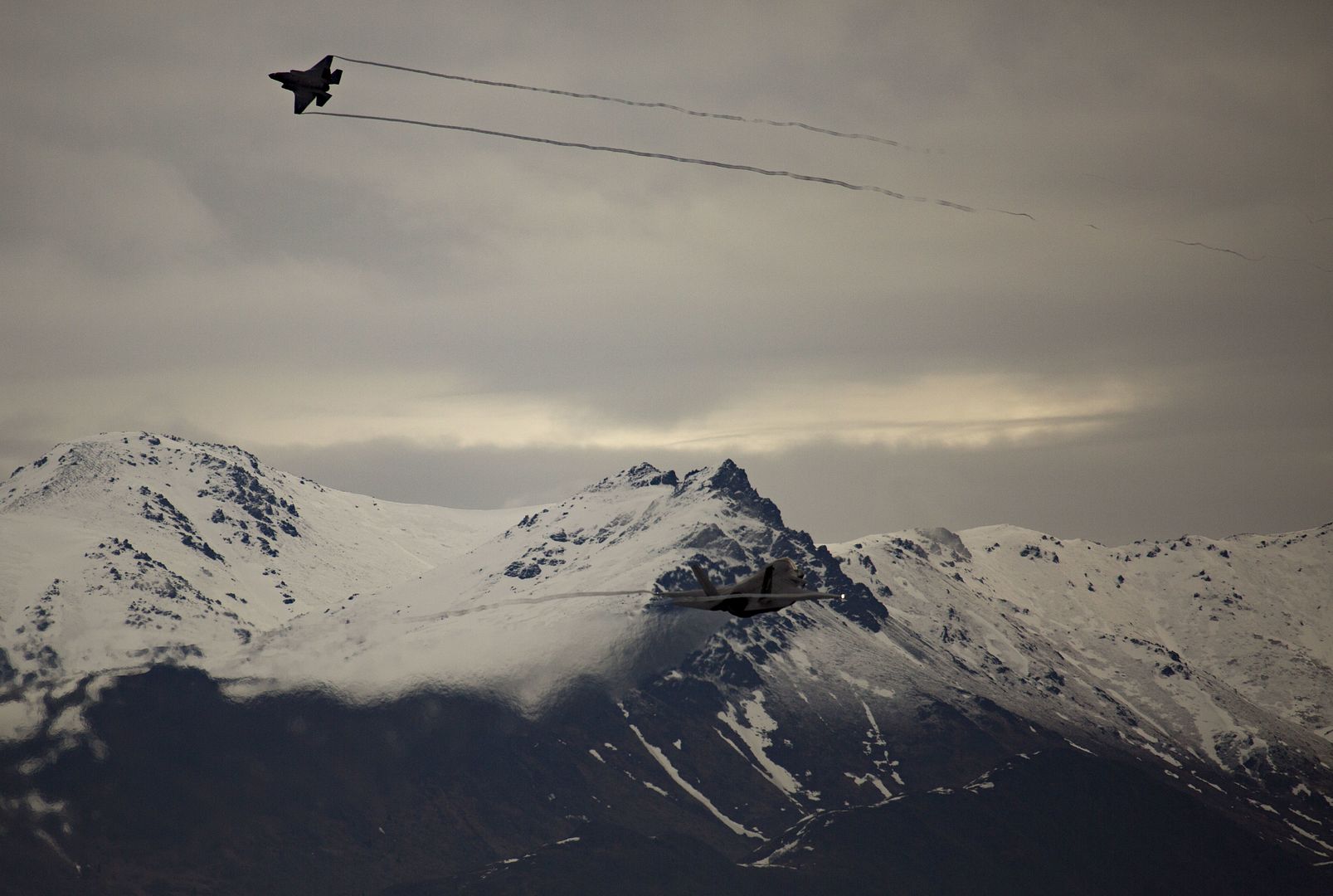
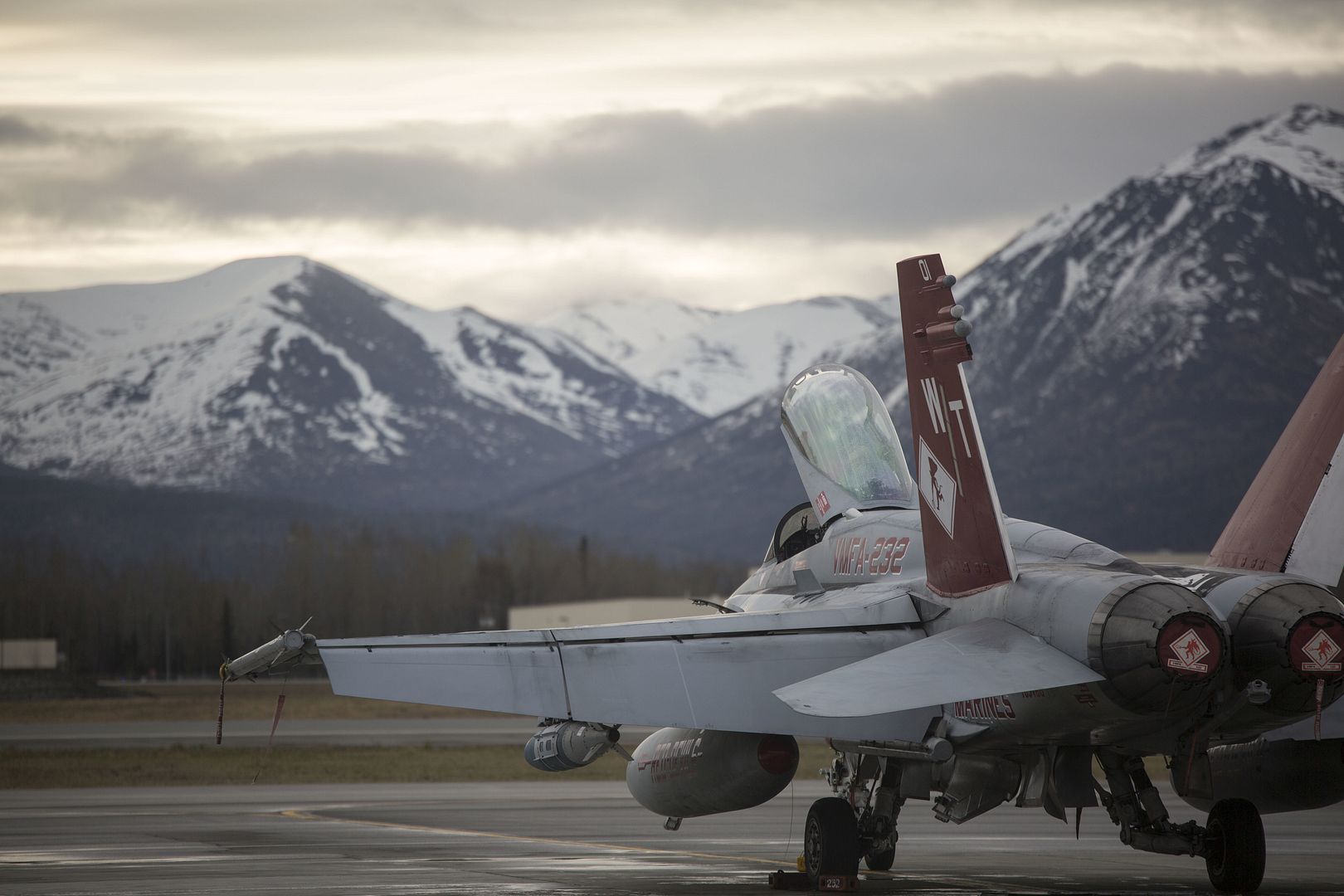
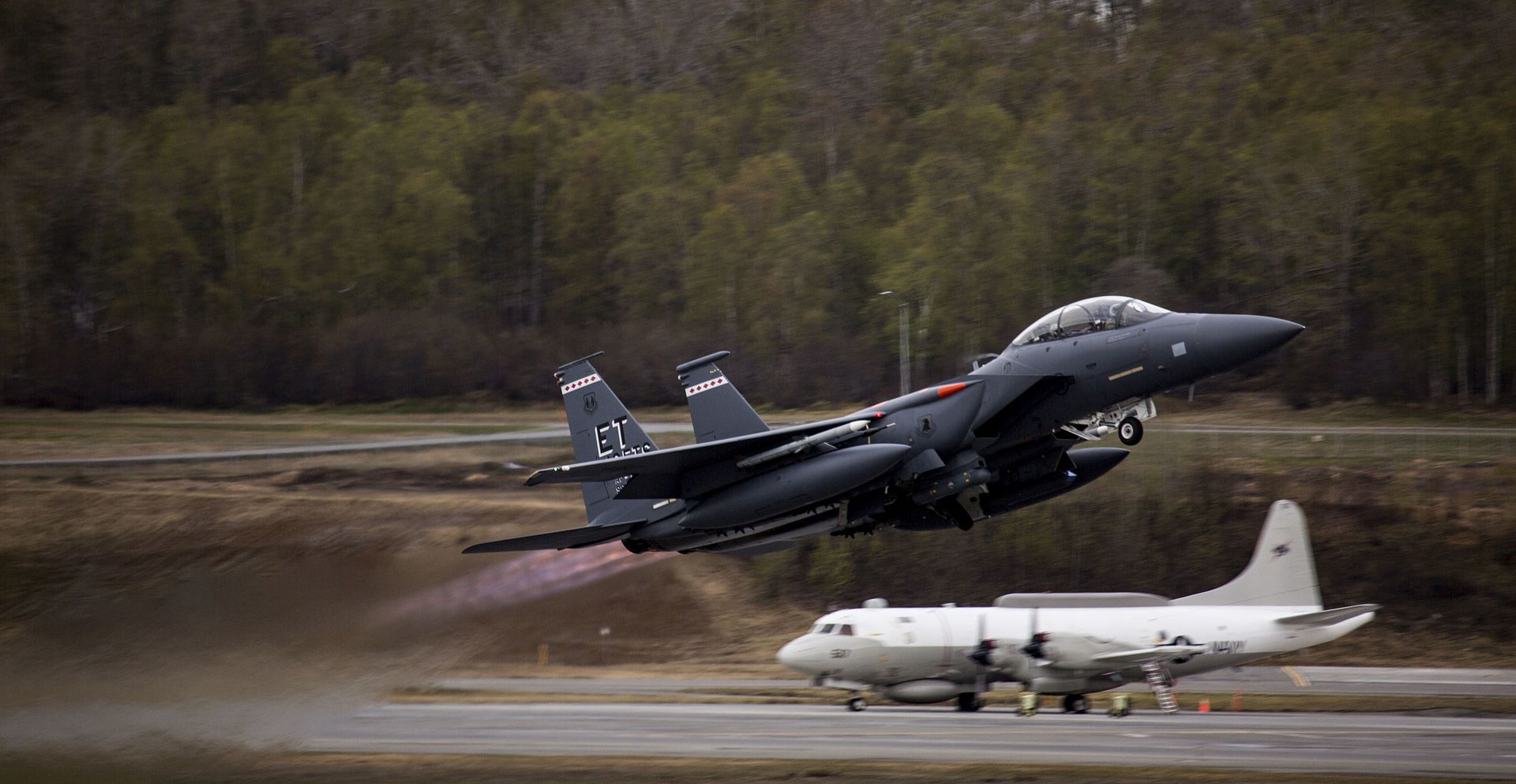
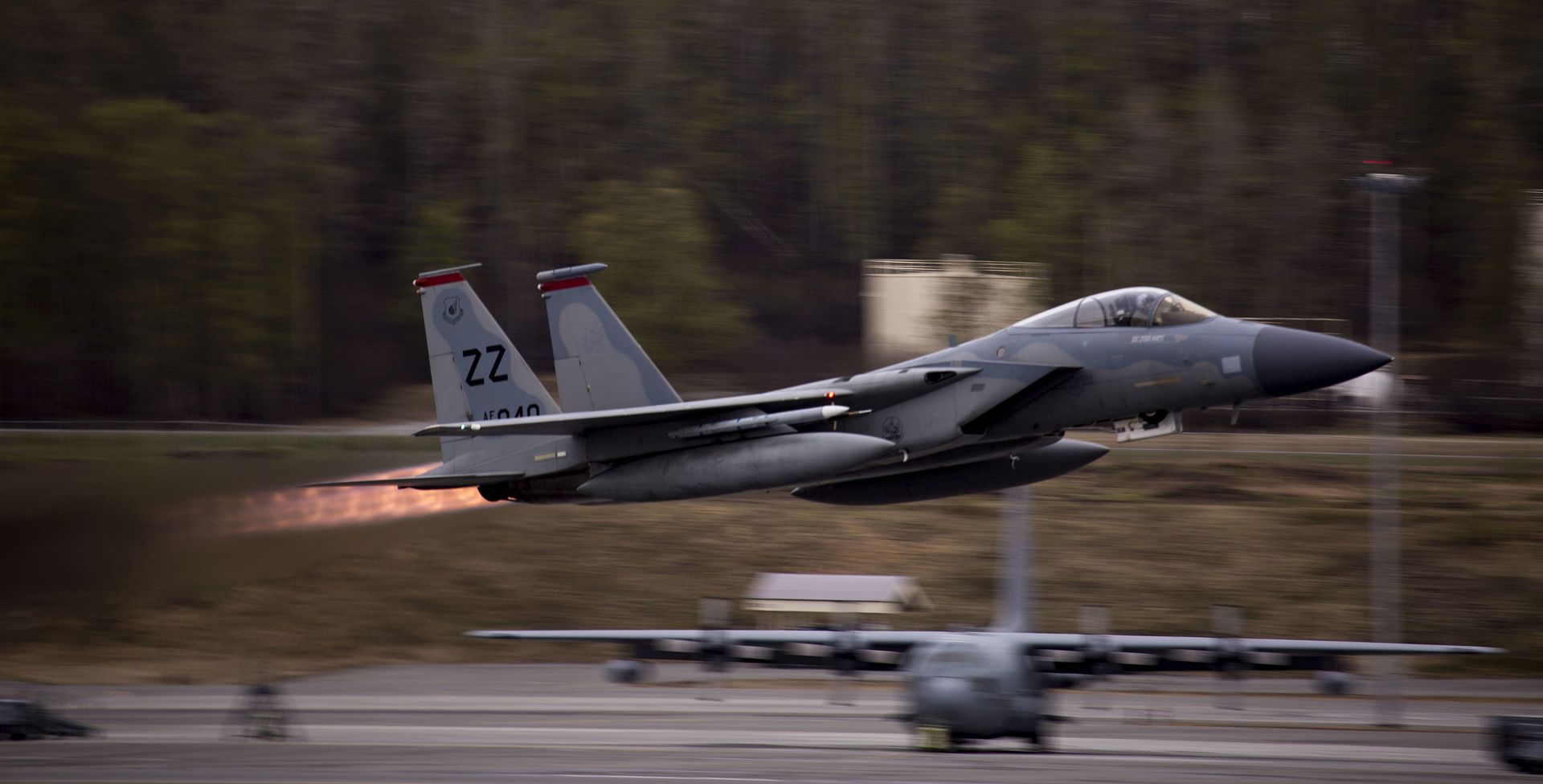
ARABIAN GULF (May 7, 2017) Capt. James McCall III, commander, Carrier Air Wing 8, and Cmdr. Kevin Robb, commanding officer of the "Blacklions" of Strike Fighter Squadron (VFA) 213, launch from the aircraft carrier USS George H.W. Bush (CVN 77) in an F/A-18F Super Hornet. The ship is deployed to the U.S. 5th Fleet area of operations in support of maritime security operations designed to reassure allies and partners, and preserve the freedom of navigation and the free flow of commerce in the region. (U.S. Navy photo by Mass Communication Specialist 3rd Class Christopher Gaines/Released)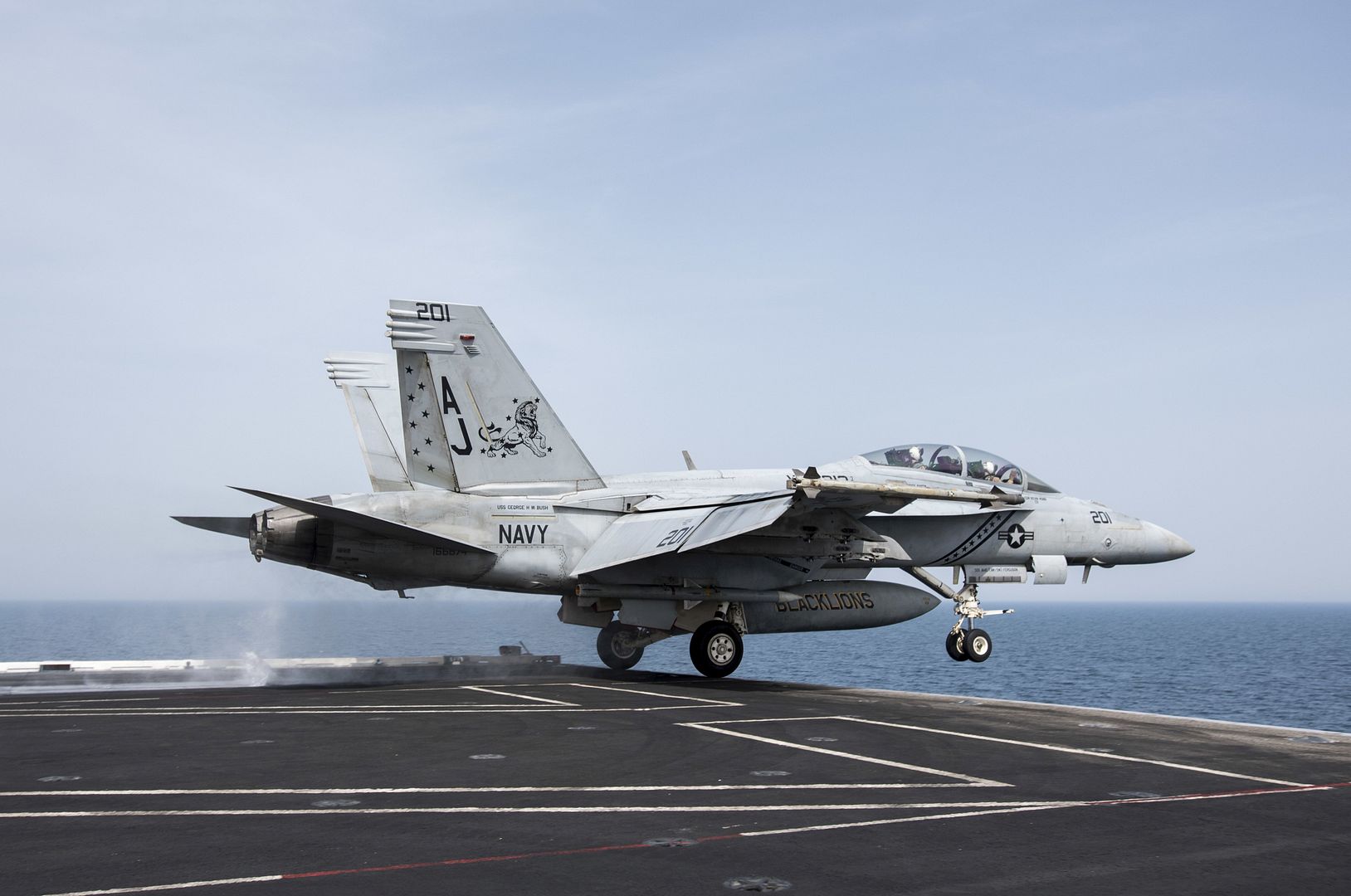
EIELSON AIR FORCE BASE, Alaska ? A U.S. Air Force F-22 Raptor multi-role fighter aircraft pilot assigned to Joint Base Elmendorf-Richardson, flies near the wing of a KC-135T Stratotanker from Fairchild Air Force Base, May 9, 2017, during NORTHERN EDGE 2017 (NE17), over the Joint Pacific-Alaska Range Complex. NE17 is Alaska?s premier joint training exercise designed to practice operations, techniques and procedures as well as enhance interoperability among the services. Thousands of participants from all the services, Airmen, Soldiers, Sailors, Marines and Coast Guardsmen from active duty, Reserve and National Guard units are involved. (U.S. Air Force photo/Staff Sgt. Ashley Nicole Taylor)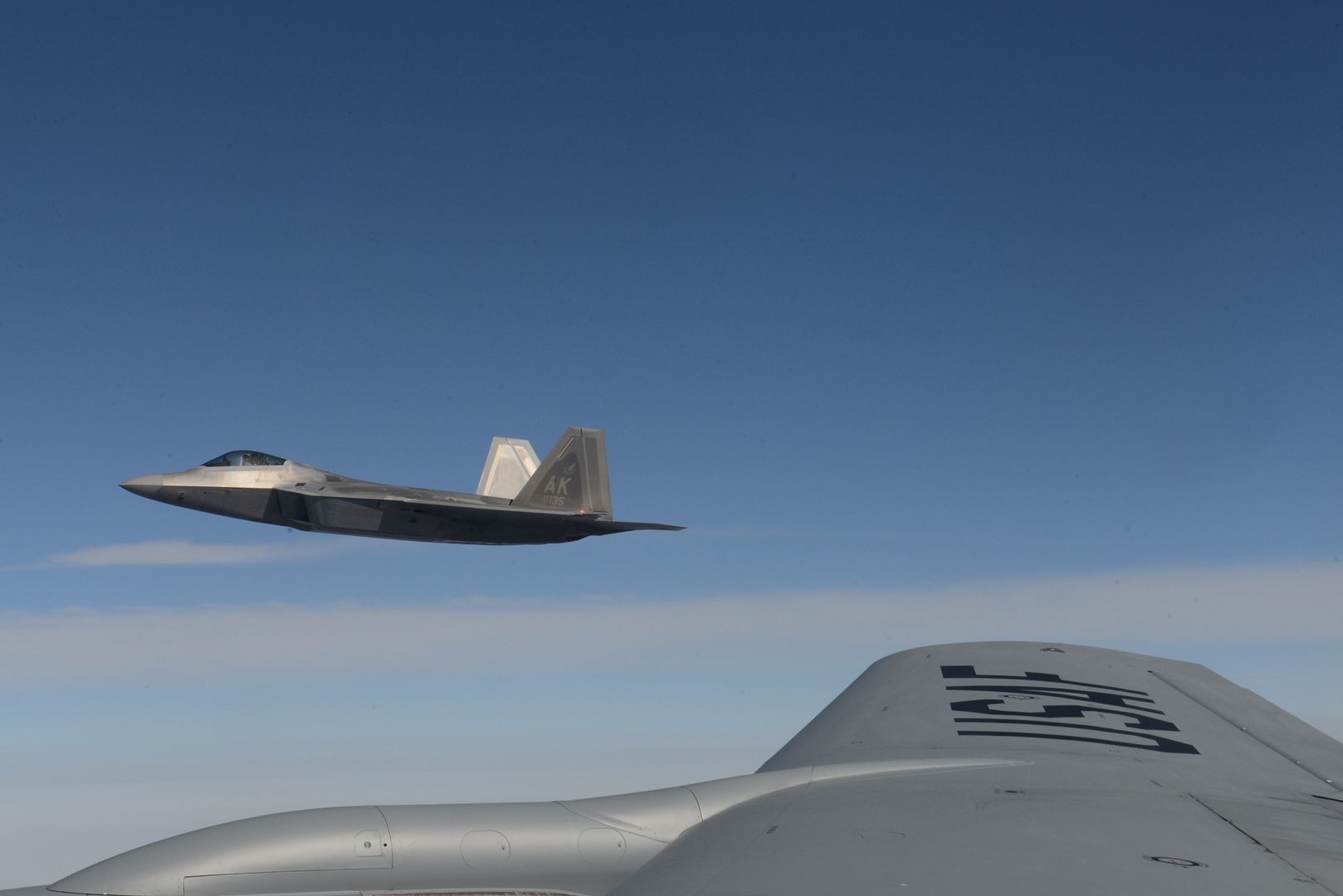
EIELSON AIR FORCE BASE, Alaska ? A U.S. Air Force F-15C Eagle pilot assigned to the 67th Fighter Squadron out of Kadena Air Base, Japan, performs a sortie May 9, 2017, during NORTHERN EDGE 2017 (NE17), over the Joint Pacific-Alaska Range Complex. NE17 is Alaska?s premier joint training exercise designed to practice operations, techniques and procedures as well as enhance interoperability among the services. Thousands of participants from all the services, Airmen, Soldiers, Sailors, Marines and Coast Guardsmen from active duty, Reserve and National Guard units are involved. (U.S. Air Force photo/Staff Sgt. Ashley Nicole Taylor)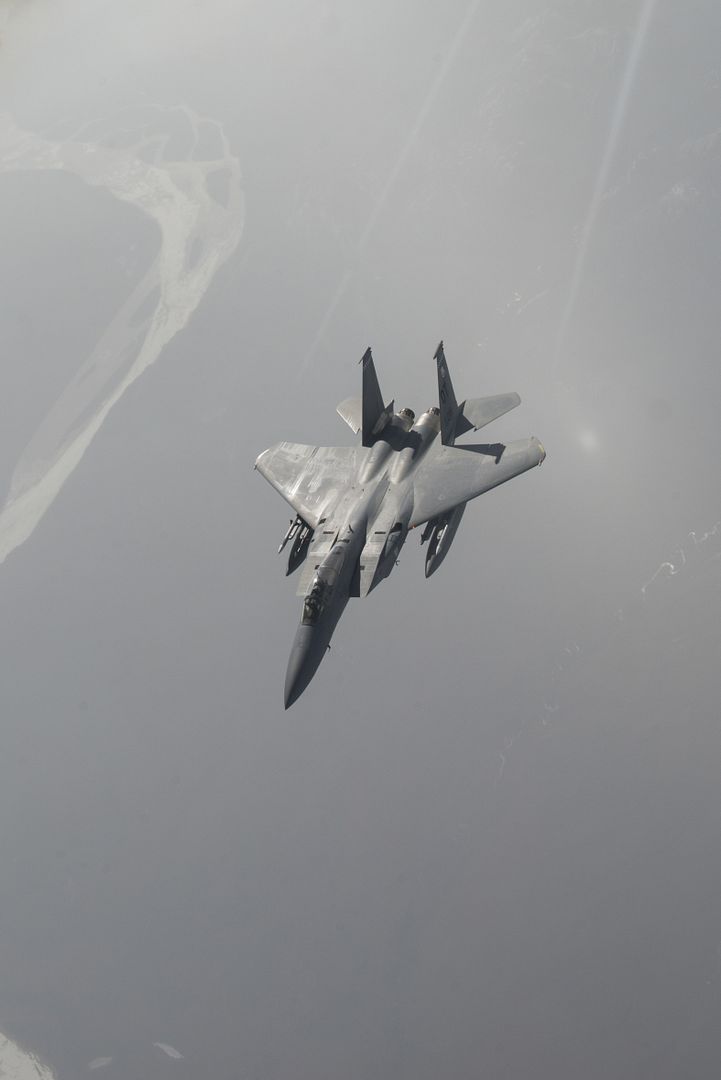
May 10, 2017 Toronto Business Aircraft, Press Release
Bombardier Business Aircraft today announced that a third Global 7000 flight test vehicle (FTV3) has successfully completed its maiden flight. FTV3 joins a test program that has been demonstrating excellent system reliability and breaking new ground since it got underway in November 2016. Just five months into testing, the Global 7000 aircraft set a record as the largest business jet to operate so close to the sound barrier, reaching a milestone top speed of Mach 0.995.
?The Global 7000 business jet is a highly sophisticated, state-of-the-art aircraft, and we are pleased that our flight test vehicles have been showing a high degree of maturity,? said Michel Ouellette, Senior Vice President, Global 7000 and Global 8000 Program. ?Our test program?s development and certification schedule is on track, and the addition of our third flight test vehicle is in line with our commitment for certification in 2018 as we accumulate more flight hours.?
FTV3, dubbed ?The Navigator,? will be used to test the aircraft?s advanced avionics and electrical system performance. It is the first production aircraft to be equipped with a dual head-up display (HUD). The dual HUD significantly improves operational efficiency and safety, in good or poor visibility, while reducing pilot workload.
The Global 7000 FTV3 took off from Bombardier?s facility in Toronto today under the command of Captain Logan Lamping, assisted by his co-pilot Derek Thresher and flight test engineers Duane Moore and Matthew DiMaiolo.
During the 2017 European Business Aviation Convention & Exhibition (EBACE) from May 22-24, visitors are encouraged to visit the Global 7000 mock-up at Bombardier?s booth, located at Z110 at Geneva?s Palexpo.
About the Global 7000 aircraft
Through visionary design and superior performance, the Global 7000 aircraft redefines the business aircraft experience. With four distinct living spaces plus a dedicated crew rest area, it is unique among business jets in spaciousness, comfort and highly personalized design flexibility. Its leading-edge cabin entertainment system, coupled with lightning-fast connection speeds via Ka-band, allows passengers to stream high-definition content and enjoy a reliable entertainment experience.
The advanced wing design on the Global 7000 aircraft was conceived to optimize speed, range and control and ensure an exceptionally smooth ride. With its impressive long-range capability of 7,400 nm (13,705 km) at M 0.85, it can fly eight passengers non-stop* from London to Singapore or Dubai to New York City with a maximum operating speed of M 0.925.* A masterpiece of creative and thoughtful design, the Global 7000 aircraft?s sophisticated styling and superior performance set the benchmark for the most exceptional business jet experience.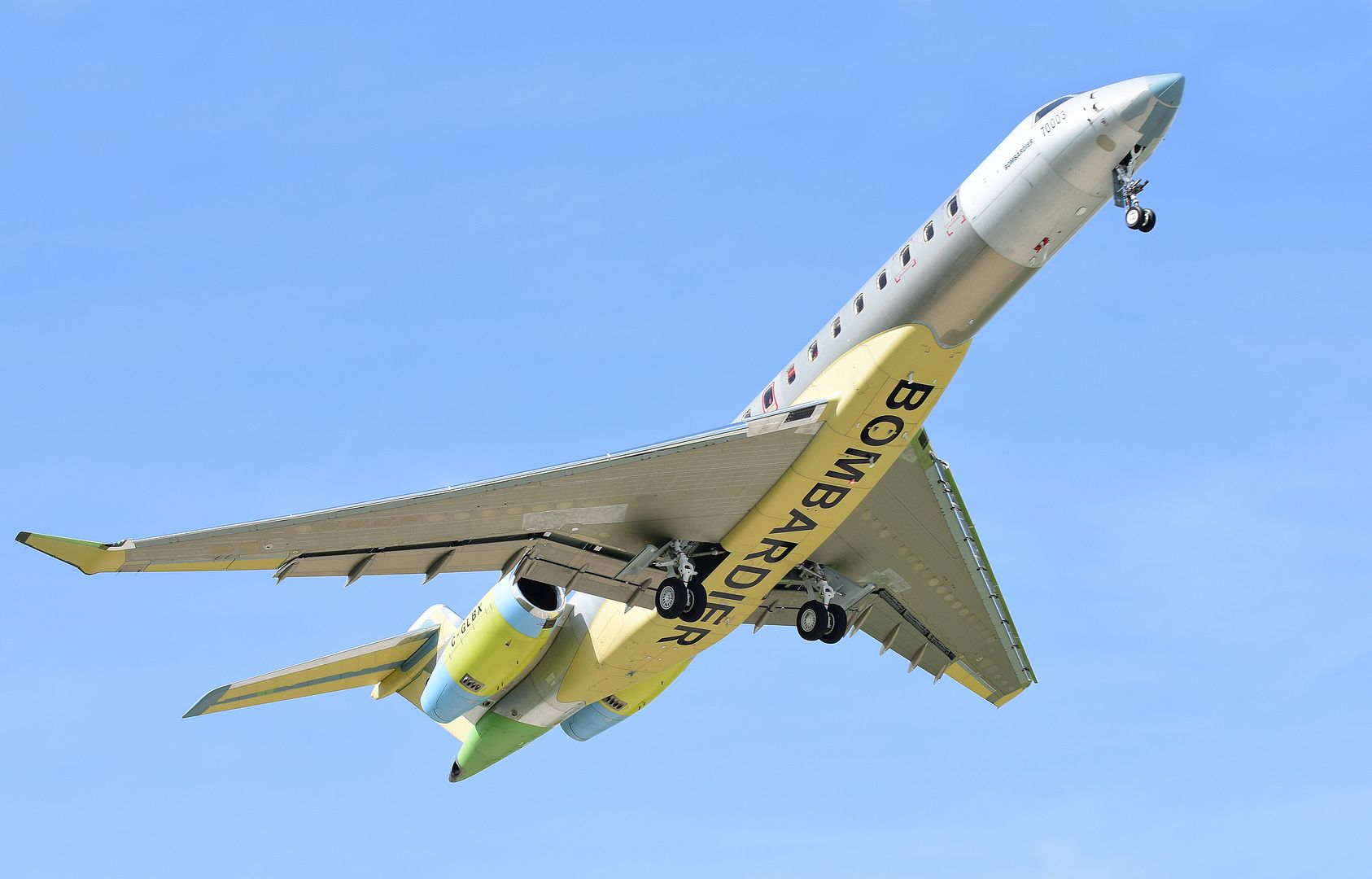
-
 Main AdminPACIFIC OCEAN (May 10, 2017) An F/A-18E Super Hornet assigned to the ?Bounty Hunters? of Strike Fighter Squadron (VFA) 2 is recovered on the flight deck of the Nimitz-class aircraft carrier USS Carl Vinson (CVN 70) in the Pacific Ocean. The U.S. Navy has patrolled the Indo-Asia-Pacific routinely for more than 70 years promoting regional peace and security. (U.S. Navy photo by Mass Communication Specialist 2nd Class Z.A. Landers/Released)
Main AdminPACIFIC OCEAN (May 10, 2017) An F/A-18E Super Hornet assigned to the ?Bounty Hunters? of Strike Fighter Squadron (VFA) 2 is recovered on the flight deck of the Nimitz-class aircraft carrier USS Carl Vinson (CVN 70) in the Pacific Ocean. The U.S. Navy has patrolled the Indo-Asia-Pacific routinely for more than 70 years promoting regional peace and security. (U.S. Navy photo by Mass Communication Specialist 2nd Class Z.A. Landers/Released)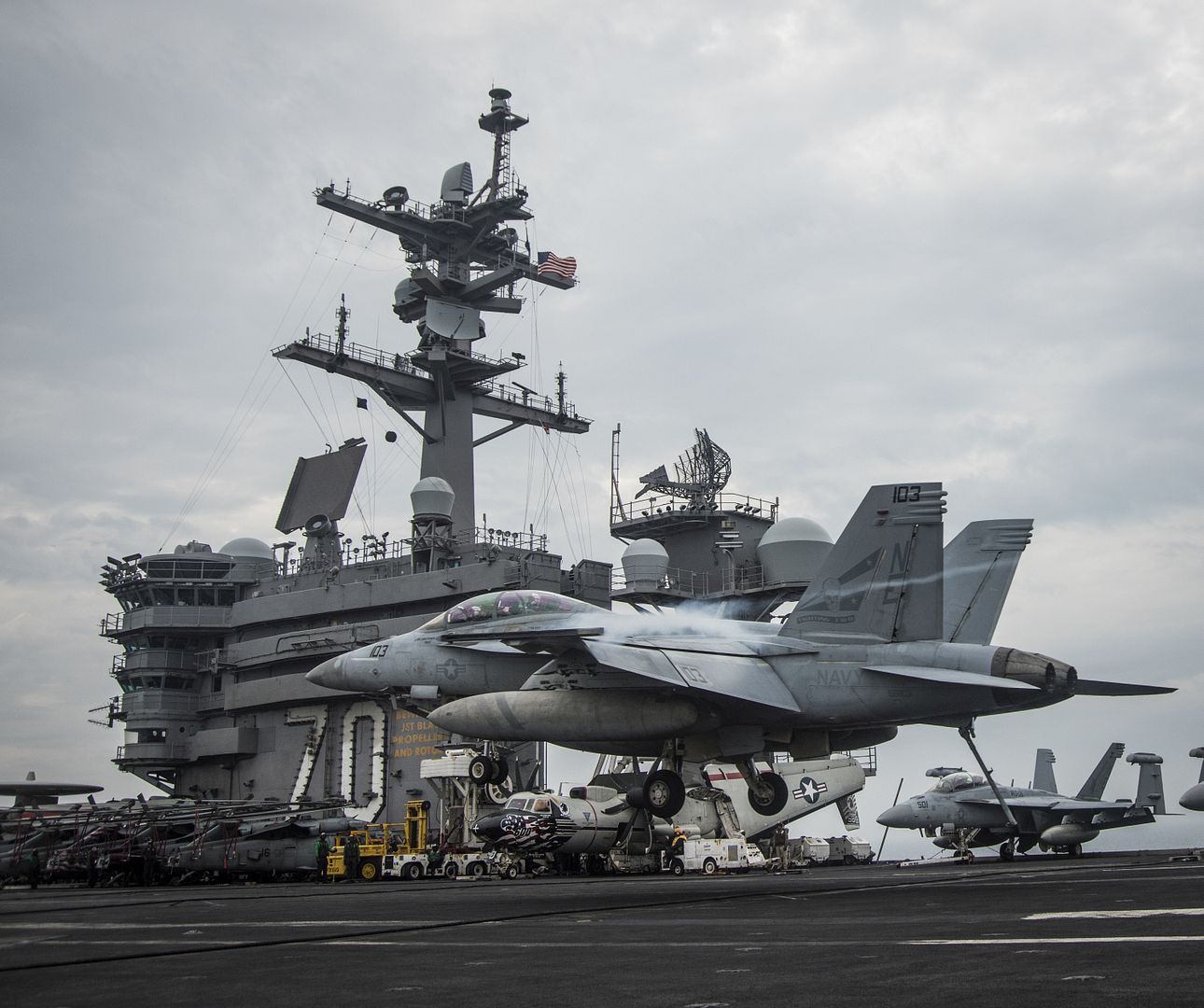
PACIFIC OCEAN (May 10, 2017) An F/A-18E Super Hornet assigned to the ?Bounty Hunters? of Strike Fighter Squadron (VFA) 2 launches from the Nimitz-class aircraft carrier USS Carl Vinson (CVN 70) in the Pacific Ocean. The U.S. Navy has patrolled the Indo-Asia-Pacific routinely for more than 70 years promoting regional peace and security. (U.S. Navy photo by Mass Communication Specialist 2nd Class Z.A. Landers/Released)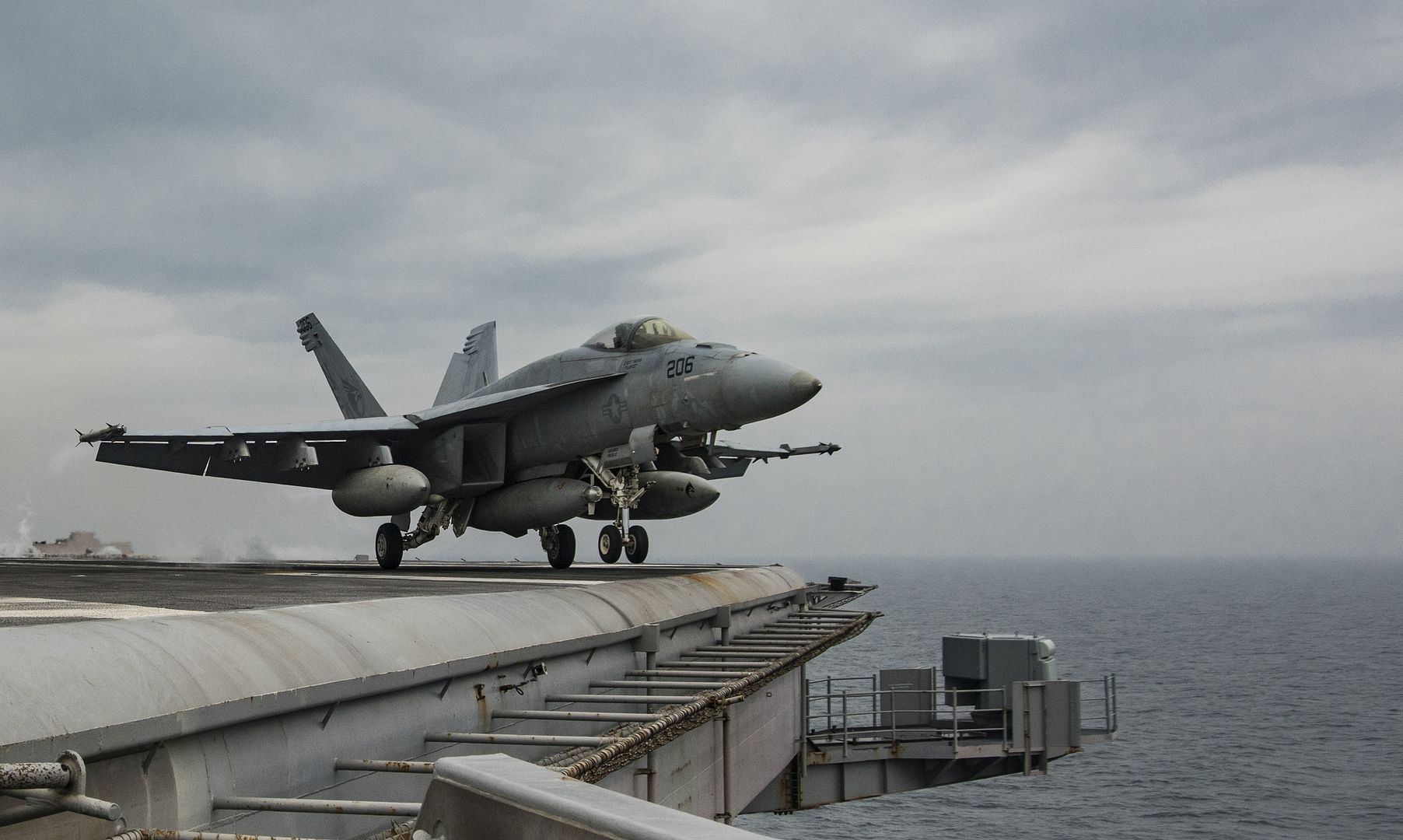
PACIFIC OCEAN (May 10, 2017) A F/A-18E Super Hornet assigned to the ?Bounty Hunters? of Strike Fighter Squadron (VFA) 2 prepares to launch from the Nimitz-class aircraft carrier USS Carl Vinson (CVN 70) in the Pacific Ocean. The U.S. Navy has patrolled the Indo-Asia-Pacific routinely for more than 70 years promoting regional peace and security. (U.S. Navy photo by Mass Communication Specialist 2nd Class Z.A. Landers/Released)
SEATTLE, May 11, 2017 /PRNewswire/ -- Boeing [NYSE: BA] and Primera Air today announced an order for eight 737 MAX 9 airplanes, valued at more than $950 million at list prices. The agreement also includes purchase rights for four additional 737 MAX 9s and a lease agreement for eight more airplanes from Air Lease Corporation.
The 737 MAX 9 will form the backbone of the low-cost airline's future as it seeks to commence flights between Europe and North America. Primera Air plans to use the MAX 9's auxiliary fuel tanks to lower trip costs and maximize the range to accommodate flights connecting Europe to the east coast of the U.S.
"The 737 MAX 9 will allow Primera Air to open up nonstop, long-haul routes from Europe to the U.S. with unmatched economics," said Andri M. Ingolfsson, President, Primera Air. "This aircraft has a lower per-seat cost than the current wide body aircraft servicing the transatlantic and the capabilities of this aircraft type will change the economics of the industry. This will open up fantastic possibilities for growth for Primera Air in the future."
"Primera Air's commitment is a major endorsement of the 737 MAX 9 and its ability to serve new transatlantic markets," said Monty Oliver, vice president, European Sales, Boeing Commercial Airplanes. "The MAX 9 will provide Primera Air unmatched efficiency, range, reliability and operating costs, while continuing to provide a premium on-board experience for its passengers."
Primera Air is an all-Boeing carrier currently operating a fleet of nine Next-Generation 737-700s and 737-800s with flights to more than 70 airports in Europe. Primera Air is part of the Primera Travel Group that operates travel agencies and tour operating companies in Sweden, Denmark, Norway, Finland, Iceland and Estonia.
The 737 MAX family has been designed to offer customers exceptional performance, flexibility and efficiency, with lower per-seat costs and an extended range that will open up new destinations in the single-aisle market. The MAX 8 and 9 will be followed in 2019 by the smaller MAX 7 and higher capacity MAX 200, while studies and customer discussions continue on further growing the family.
The 737 MAX incorporates the latest technology CFM International LEAP-1B engines, Advanced Technology winglets and other improvements to deliver the highest efficiency, reliability and passenger comfort in the single-aisle market.
The 737 MAX is the fastest-selling airplane in Boeing history, accumulating more than 3,700 orders from 87 customers worldwide.
11 May 2017 Press Release
Atlanta, 11th May 2017 ? Atlanta, Georgia (U.S.)-based Delta Air Lines has placed an incremental order for 30 firm A321ceo aircraft. This order follows three previous Delta orders for the Current Engine Option version of the largest Airbus A320 Family member. The airline took delivery of its first A321 in March of last year. Delta now has ordered a total of 112 A321s, each powered by CFM56 engines from CFM International.
"The A321?s comfort, performance and economics make it a very compelling aircraft for Delta in our domestic route network," said Gil West, Delta's Sr. Executive Vice President and Chief Operating Officer. "We value our longstanding partnership with Airbus and look forward to taking more new A321 aircraft for the benefit of our customers, employees and shareowners."
?Delta?s vote of confidence in the A321ceo ? which takes the airline now to more than 100 of the type on order ? demonstrates the passenger, operator and investor appeal of this aircraft,? said John Leahy, Chief Operating Officer ? Customers for Airbus Commercial Aircraft. ?The A320 Family truly delivers unsurpassed comfort, economy and reliability for airlines like Delta that pay attention to what their customers want.?
All of Delta?s A321s will feature fuel-saving Sharklets ? lightweight composite wingtip devices that offer up to 4 percent fuel-burn savings. This environmental benefit gives airlines the option of extending their range up to 100 nautical miles/185 kilometres or increasing payload capacity by some 1000 pounds/450 kilograms.
Many of Delta?s A321s are being delivered from the Airbus U.S. Manufacturing Facility in Mobile, Alabama. The airline received its first U.S.-manufactured A321 last year. By the end of 2017, the Airbus facility in Mobile is expected to produce four aircraft per month, most going to Airbus? U.S. customers.
As of the end of April, Delta was flying a fleet of 187 Airbus aircraft, including 145 A320 Family members and 42 A330 widebodies.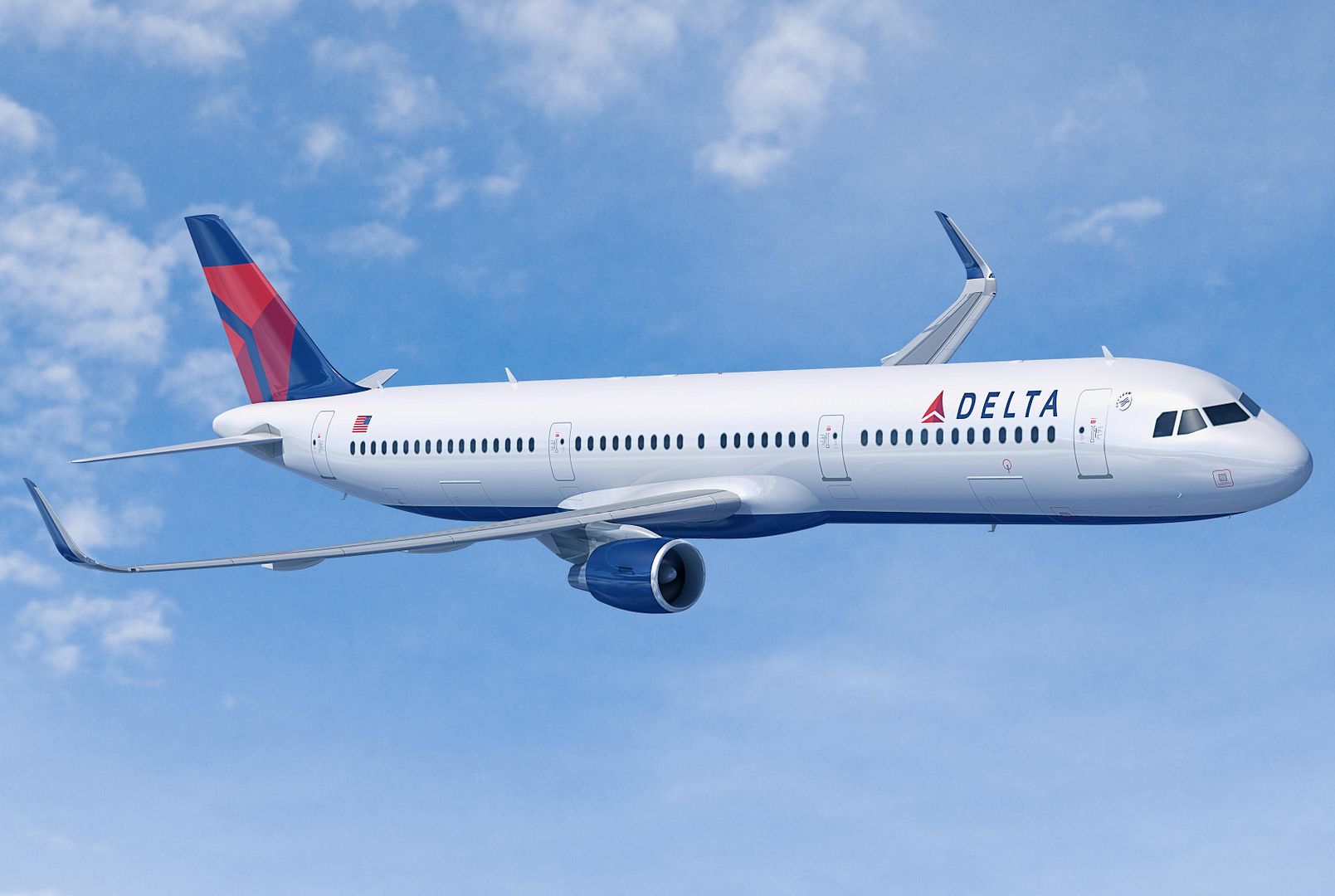
12 May 2017 Press Release
Toulouse, 12th May 2017 - The A350-1000completed successfully its first and unique ?Early Long Flight? with 310 passengers on board, including 10 Airbus Flight Test crew members and 13 Virgin Atlantic cabin crew. Test aircraft MSN065 took off from and landed in Toulouse on May 11th after a 12 hours flight.
During the long-haul flight the passengers, comprising Airbus employees and cabin crew personnel from Virgin Atlantic Airways - one of the 12 A350-1000 customers - were first to experience the Xtra wide comfort of the A350-1000. The early passengers were invited to try out and test the cabin systems, including air conditioning, lighting, acoustics, in-flight entertainment (IFE), galleys, electrics, washrooms and water waste systems.
Though not part of the technical certification programme, the Early Long Flight allows Airbus to assess cabin environment and systems in-flight and optimise cabin procedures to ensure full maturity at Entry Into Service for its customers.
The intensive A350-1000 certification testing is progressing well and on track to reach Type Certification followed by Entry Into Service in second half of 2017.
The A350-1000 is the latest member of the Airbus leading widebody family, showing high level of commonality with the A350-900 with 95% common systems part numbers and Same Type Rating. As well as having a longer fuselage to accommodate 40 more passengers than the A350-900, the A350-1000 also features a modified wing trailing-edge, new six-wheel main landing gears and more powerful Rolls-Royce Trent XWB-97 engines. The A350-1000 embodies all of the fuel efficiency and ?Airspace? cabin comfort of the original A350-900 ? but with extra size perfectly tailored for our customers on some of their busiest long-haul routes. To date 12 customers from five continents have placed orders for a total of 211 A350-1000s.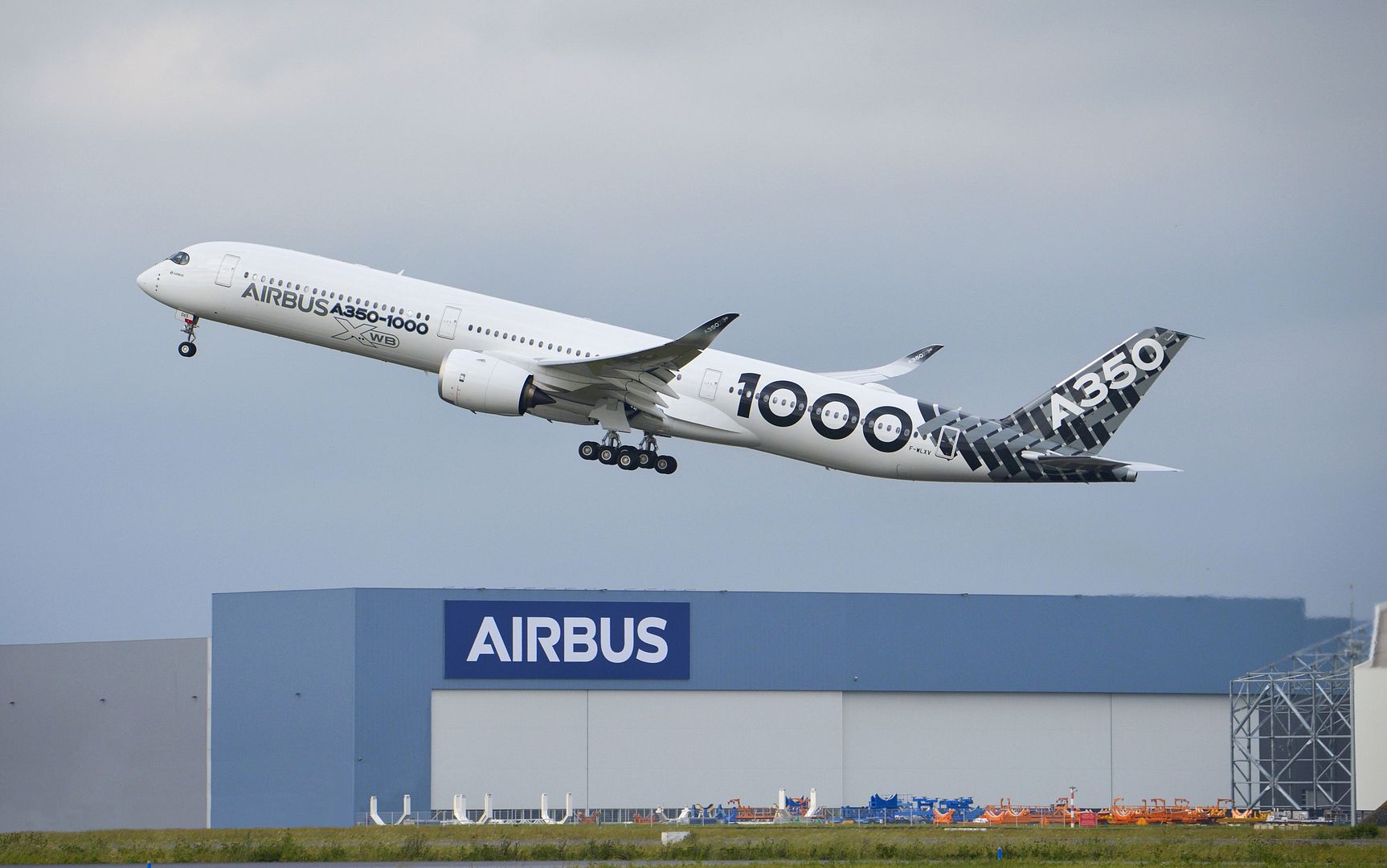
-
 Main AdminU.S. Marines with Marine Fighter Attack Squadron (VMFA) 232, conduct disarming a simulated missile from an F/A-18C during exercise Northern Edge 17 on Joint Base Elmendorf-Richardson, Alaska, May 12, 2017. Northern Edge 17 is Alaska?s premier joint-training exercise and is conducted to strengthen the interoperability between various aircraft from all services. (U.S. Marine Corps photo by Lance Cpl. Jacob A. Farbo)
Main AdminU.S. Marines with Marine Fighter Attack Squadron (VMFA) 232, conduct disarming a simulated missile from an F/A-18C during exercise Northern Edge 17 on Joint Base Elmendorf-Richardson, Alaska, May 12, 2017. Northern Edge 17 is Alaska?s premier joint-training exercise and is conducted to strengthen the interoperability between various aircraft from all services. (U.S. Marine Corps photo by Lance Cpl. Jacob A. Farbo)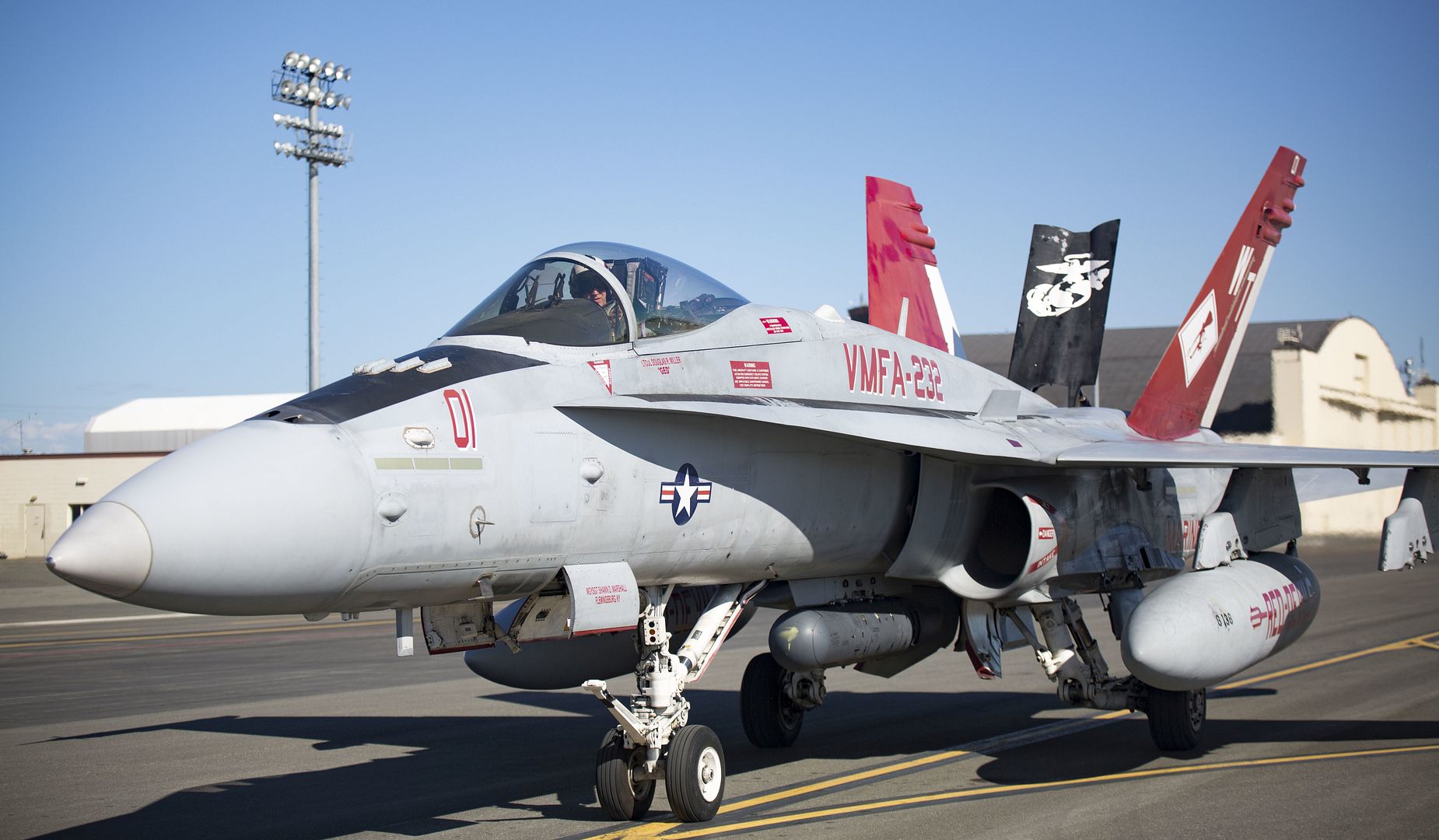
A U.S. Navy EA-18G Growler conducts air-to-air-refueling during exercise Northern Edge 17 at Joint Base Elmendorf-Richardson, Alaska, May 12, 2017. Northern Edge 17 is Alaska?s premier joint-training exercise and is conducted to strengthen the interoperability between various aircraft from all services. (U.S. Marine Corps photo by Lance Cpl. Jacob A. Farbo)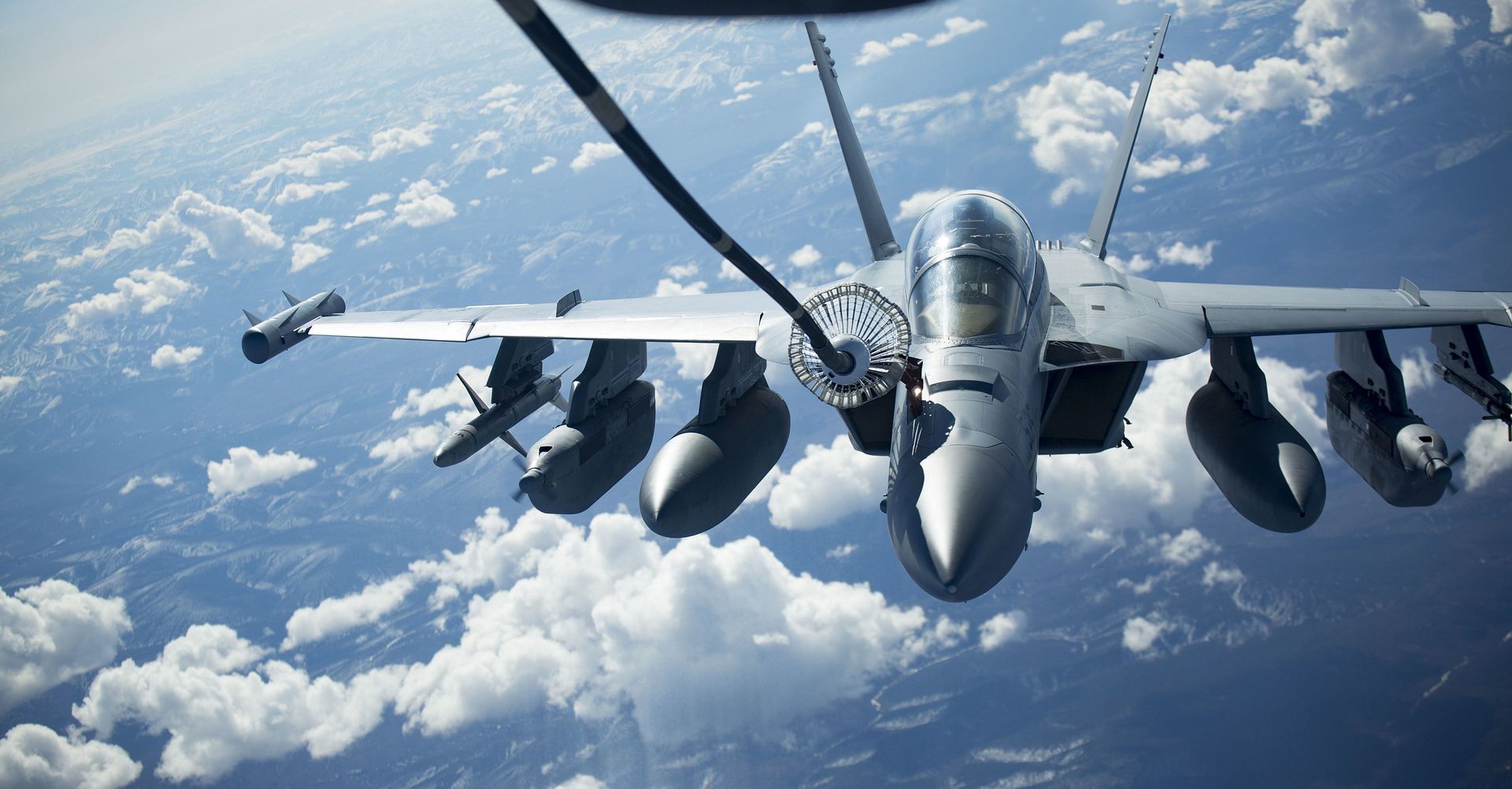
JOINT BASE ELMENDORF-RICHARDSON, Alaska --
Approximately 6,000 sailors, soldiers, airmen, Marines, Coast Guardsmen, as well as DoD civil servants and contractors. are preparing for the journey back to their respective bases and stations following participation in Exercise Northern Edge 2017 (NE17) here and at Eielson Air Force Base near Fairbanks, May 1-12.
Pilots and crew of various aircraft took part in the exercise, including F-22 Raptors, Marine Corps F-35B Lightning IIs, F-15C Eagles, F-15E Strike Eagles, Marine Corps and Navy F/A 18E and F Super Hornets, and EA-18G Growlers working together against a role-playing aggressor squadron of F-16C Fighting Falcons. Along with the fighter jets came dozens of surveillance, maintenance and support assets and aircraft, such as in-flight refueling tanker planes, airborne early warning and control (AWACS) and Coast Guard helicopters.
Navy ships USS Hopper (DDG 70) and USS O?Kane (DDG 77), both Commander, U.S. Third Fleet Arleigh Burke-class, guided-missile destroyers based out of Pearl Harbor, HI, have been paramount to the exercise as well, providing at-sea operational implementation and support in the Gulf of Alaska. Similar to Hopper?s visit to Homer, AK, at exercise start, the O?Kane and crew will make a scheduled port visit May 13-17 in Juneau, Alaska, to conclude its participation in NE2017. Other maritime support included a Coast Guard cutter and Military Sealift Command replenishment oiler.
The fully integrated, large-scale exercise provided top-notch, realistic and comprehensive joint training opportunities in and around Alaskan land and airspace, as well as in and above the Gulf of Alaska. U.S. military personnel and their assets have participated in this exercise, under various names, during odd-numbered years since 1975. This year, NE17 participants trained on defensive counter-air, close-air support and air interdiction of maritime targets.
?The training value is extremely high, especially for young crew members,? said Air Force Lt. Gen Ken Wilsbach, Alaskan NORAD Region, Alaskan Command and 11th Air Force Commander. ?If they ever have to execute this in combat they are prepared?combat situations are often easier than the training because the exercise scenarios are so difficult. When they come away from the exercise they are more capable at their job than they were when they started the exercise, and that?s the greatest value of Northern Edge.?
Environmental protection is an integral factor in planning military exercises anywhere in the world. NE17 leaders remained concentrated about the environment and took any necessary precautions to ensure the training activities have no significant impact. As with any exercise, the military is concerned about potential environmental and community effects of training activities, including how maritime actions may impact fisheries and marine mammals.
?We really tried to look to the scientists that know about sonar and other naval activities that would occur, and what those activities may do to the environment,? said Gen Wilsbach. ?Their conclusion was that these activities have little to no impact on fish and marine mammals. With that in mind, we intend to go back to the [coastal] communities after the exercise is over and find out what they saw, and what we can improve on for Northern Edge ?19.?
Along with extensive on-board marine monitoring, ship waste collection and ongoing research projects, which help inform the best available maritime and mammal science, any maritime operations are conducted with an extensive set of mitigation measures developed and authorized by a permit from the National Marine Fisheries Service.
?I?d also like to thank the citizens of Alaska,? said Gen. Wilsbach. ?They allow us to come here and exercise, train, experiment and test?It?s for national defense, but Alaskans allow us to do this. I?m very thankful that we have a group of citizens that value the training that we do here and allow us to train and build skills both over land and over water.?
Major participating units this year include U.S. Pacific Command, Alaskan Command, U.S. Pacific Fleet, Pacific Air Forces, Marine Corps Forces Pacific, U.S. Army Pacific, Air Combat Command, Air Mobility Command, Air Force Materiel Command, Air National Guard, Air Force Reserve Command and U.S. Naval Reserve.
Individual units came to the exercise from Japan, Germany, Florida, California, Washington, Nevada, Oklahoma, New Jersey, North Carolina, and Texas.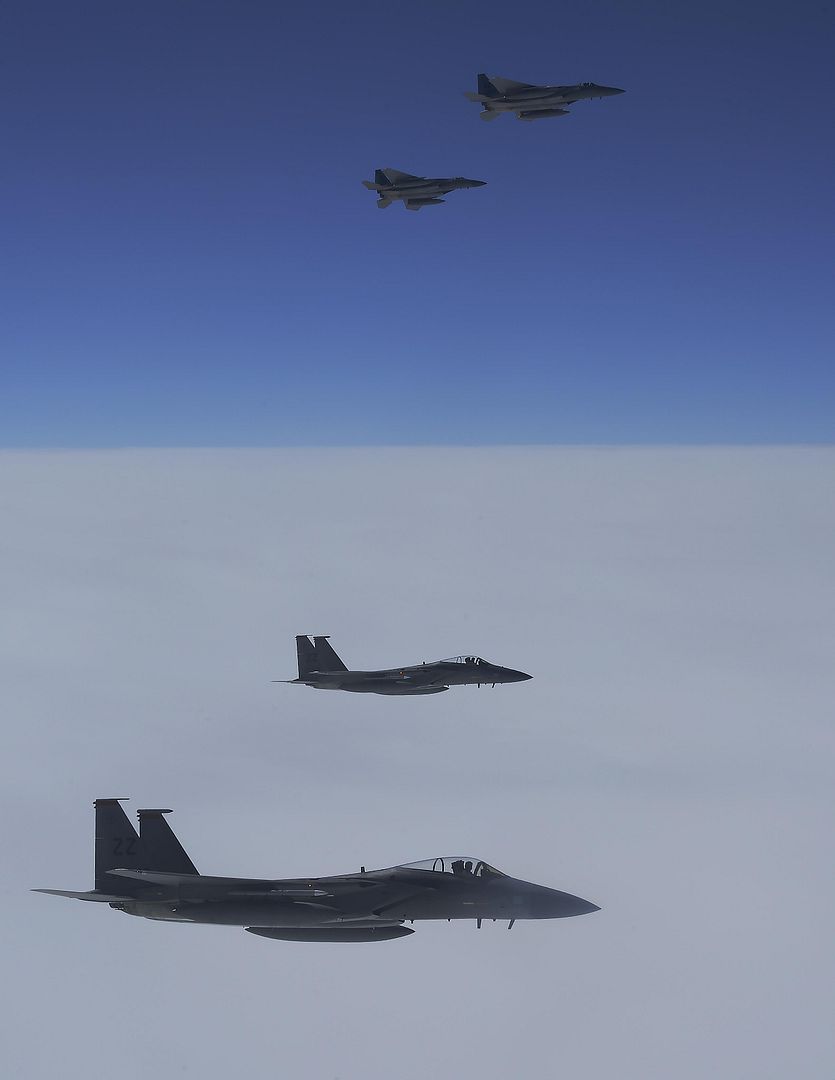
HILL AIR FORCE BASE, Utah -- The 86th Fighter Weapons Squadron, Detachment 1, hosted Airmen and aircraft participating in the air-to-ground weapons evaluation program, May 1-11.
The Combat Hammer exercise takes place twice each year here at Hill, and twice annually at Eglin AFB, Florida, and is part of the Weapon System Evaluation Program (WSEP). WSEP has two parts: Combat Hammer evaluates all U.S. Air Force air-to-ground weapons, mostly bombs, while Combat Archer evaluates all the air-to-air weapons, mostly missiles.
During Combat Hammer, precision-guided air-to-ground weapons are evaluated for reliability, maintainability, suitability and accuracy.
?The results from Combat Hammer exercises are briefed annually all the way to the CSAF and SecAF, which in turn ensure USAF planners correctly resource air-to-ground weapons in sufficient quantities for worldwide contingencies,? said Lt. Col. Timothy Smith, 86th FWS Detachment 1 commander.
The 457th Fighter Squadron from Naval Air Station Fort Worth Joint Reserve Base, Texas, brought 8 F-16 Fighting Falcons; the 75th Fighter Squadron from Moody AFB, Georgia, brought 12 A-10 Thunderbolt IIs; and the 199th Fighter Squadron from the Hawaii Air National Guard at Hickam AFB, Hawaii, brought 8 F-22 Raptor aircraft. In addition, off-station participation came from F-15 Eagles assigned to Mountain Home AFB, Idaho; B-1 Lancers assigned to Ellsworth AFB, South Dakota; and B-2 Spirits assigned to Whiteman AFB, Missouri.
Ammo Airmen arrived before the aircraft and began building bombs, which were dropped at the Utah Test and Training Range during the exercise. Participants employed nearly 200 precision-guided munitions during this Combat Hammer exercise.
According to Smith, Hill AFB is an ideal location for Combat Hammer and his unit plays a critical role in its execution.
?The 86th FWS Detachment 1 is located at Hill AFB primarily because it utilizes the UTTR for the May and August exercises each year, and secondarily to assist in Combat Archer support,? he said. ?All members of Detachment 1 work as lead evaluators to support Combat Hammer WSEPs throughout the year, at both Hill and Eglin AFB locations. It?s a team effort and we couldn?t accomplish the mission without great support from our Team Hill partners and the dedicated UTTR professionals!?
Combat Hammer will return to Hill AFB and the UTTR in August.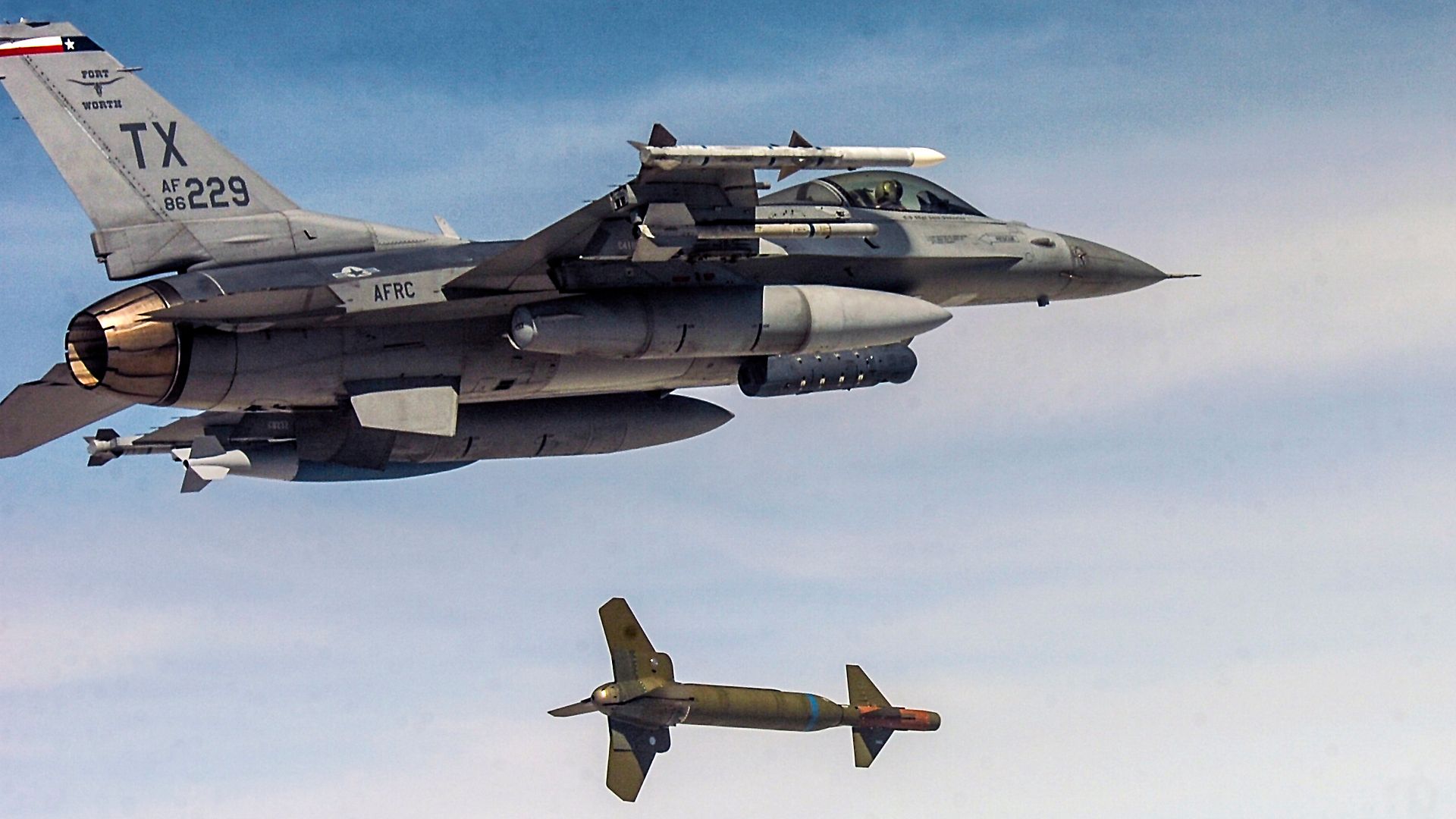
-
 Main AdminThe Boeing Co., Mesa, Arizona, was awarded a $488,076,762 modification (P00007) to foreign military sales (United Kingdom) contract W58RGZ-16-C-0023 for the remanufacture of 38 AH-64 Apache aircraft, and to procure three Longbow crew trainers and associated spares.
Main AdminThe Boeing Co., Mesa, Arizona, was awarded a $488,076,762 modification (P00007) to foreign military sales (United Kingdom) contract W58RGZ-16-C-0023 for the remanufacture of 38 AH-64 Apache aircraft, and to procure three Longbow crew trainers and associated spares.
Work will be performed in Mesa, Arizona, with an estimated completion date of May 31, 2024. Fiscal 2010 other funds in the amount of $488,076,762 were obligated at the time of the award.
U.S. Army Contracting Command, Redstone Arsenal, Alabama, is the contracting activity.
(Source: US Department of Defense; issued May 11, 2017)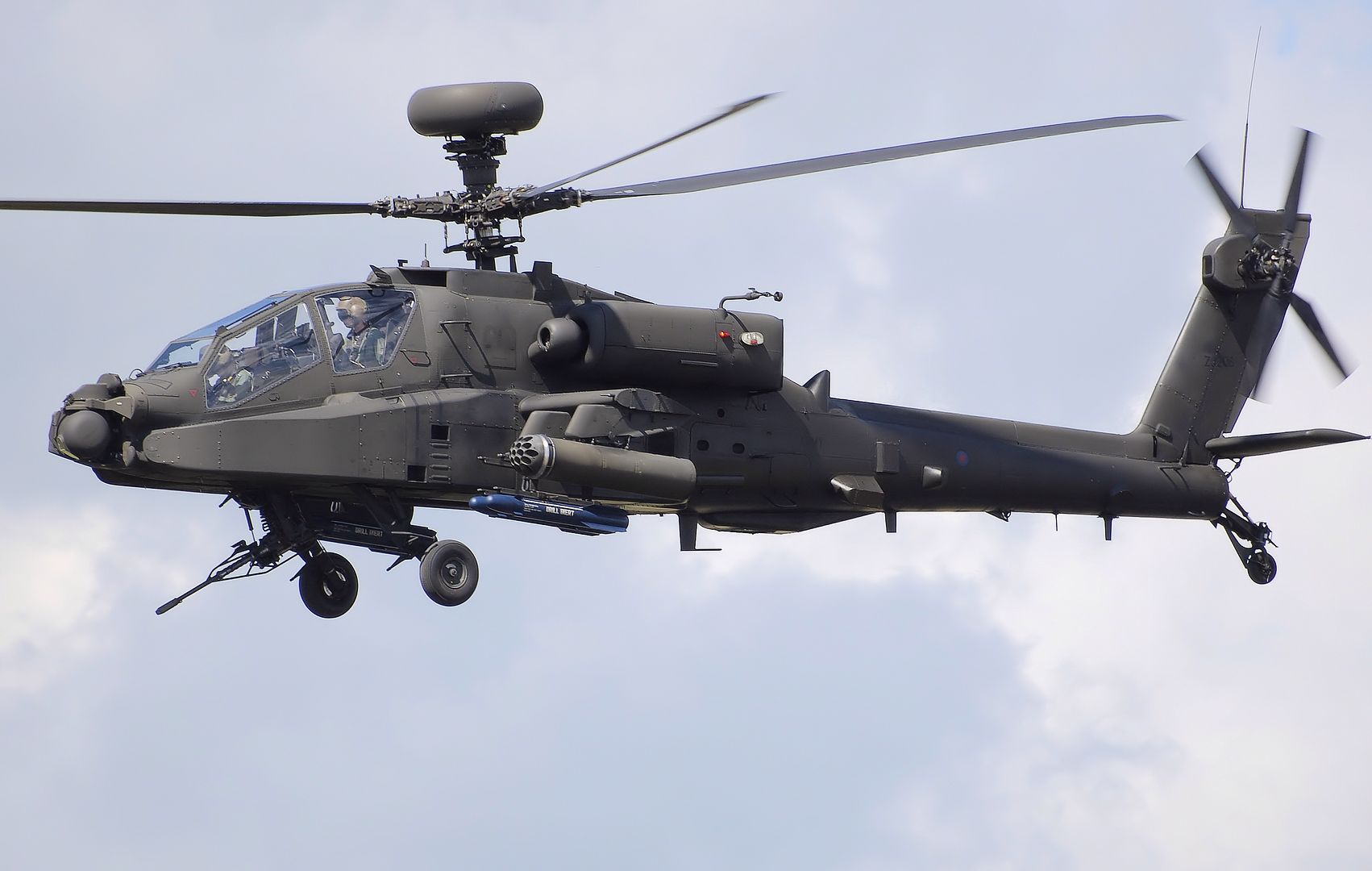
-
 Main AdminWASHINGTON (AFNS) -- Air Force leaders recently removed the restriction that kept pilots weighing less than 136 pounds from flying the F-35A. The restriction was imposed in 2015 due to concerns about the risk during ejections in a portion of the flight envelope.
Main AdminWASHINGTON (AFNS) -- Air Force leaders recently removed the restriction that kept pilots weighing less than 136 pounds from flying the F-35A. The restriction was imposed in 2015 due to concerns about the risk during ejections in a portion of the flight envelope.
After rigorous testing to ensure the escape system works reliably and safely in all planned conditions and across all pilot weights, three distinct modifications were implemented. A switch was installed on the seat that slightly delays parachute deployment at high speeds and decreases parachute opening forces for lightweight pilots. Additionally, a head support panel has been mounted on the rear risers of the parachute to prevent the pilot?s head from moving backwards during an ejection. Finally, the overall helmet weight has been reduced through both the reduction of internal strapping material and the removal of an additional external visor, which decreases injury risk during parachute opening.
?I have personally briefed every single F-35 pilot in the United States Air Force about these changes to their ejection seat, and I?m confident our pilots are no longer concerned with the safety of the F-35 ejection system. I've flown in this seat myself and believe, with these modifications, this is the safest ejection seat I've ever flown,? said Brig. Gen. Scott L. Pleus, the F-35 Integration Office director.
In July 2015, during the manufacturer?s ongoing testing, analysis identified an unacceptable risk of neck injury during parachute deployment/opening for pilots weighing less than 136 pounds. The requirement is for the seat to be certified for any pilot weighing between 103 and 245 pounds.
Air Force headquarters and wing leadership took immediate action to ensure pilot safety and work with the manufacturer to meet requirements for the seat. The F-35 Joint Program Office has been working in concert with contractors to develop options to reconfigure the ejection system.
The new ejection seats are already being retrofitted into the existing fleet, and the lightweight helmets are available in pre-production now, while full production starts later this year. The Air Force has received more than 100 F-35As to date, trained more than 400 pilots and accumulated more than 40,000 flight hours.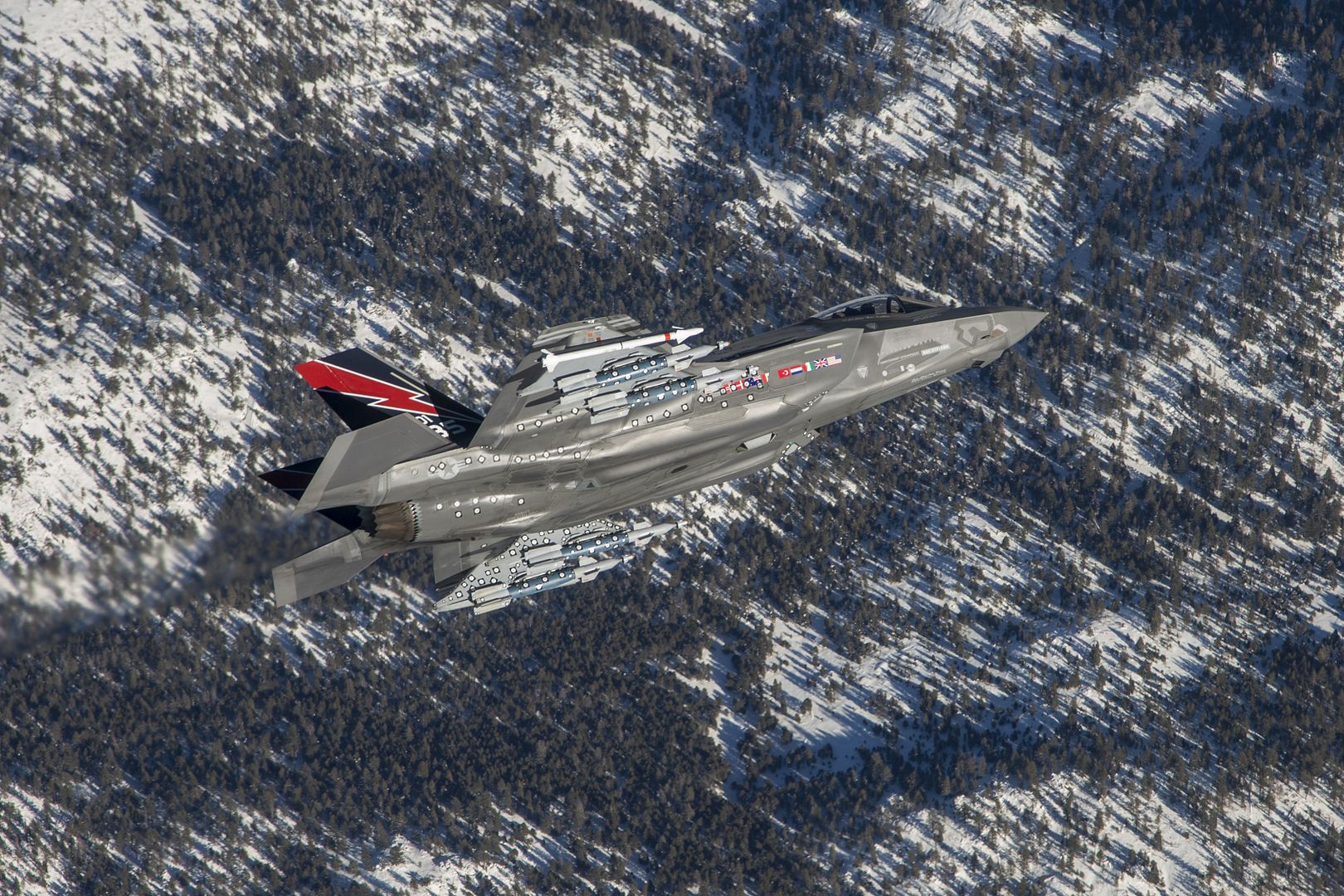
PACIFIC OCEAN (May 11, 2017) An AV-8B Harrier, assigned to the Ridge Runners of Marine Medium Tiltrotor Squadron (VMM) 163 (Reinforced), takes off from the flight deck of the amphibious assault ship USS Makin Island (LHD . The Makin Island Amphibious Ready Group and 11th Marine Expeditionary Unit are returning to southern California from a seven-month deployment to the U.S. 3rd, 5th and 7th Fleet areas of operation. (U.S. Navy photo by Mass Communication Specialist 3rd Class Devin M. Langer)
. The Makin Island Amphibious Ready Group and 11th Marine Expeditionary Unit are returning to southern California from a seven-month deployment to the U.S. 3rd, 5th and 7th Fleet areas of operation. (U.S. Navy photo by Mass Communication Specialist 3rd Class Devin M. Langer) 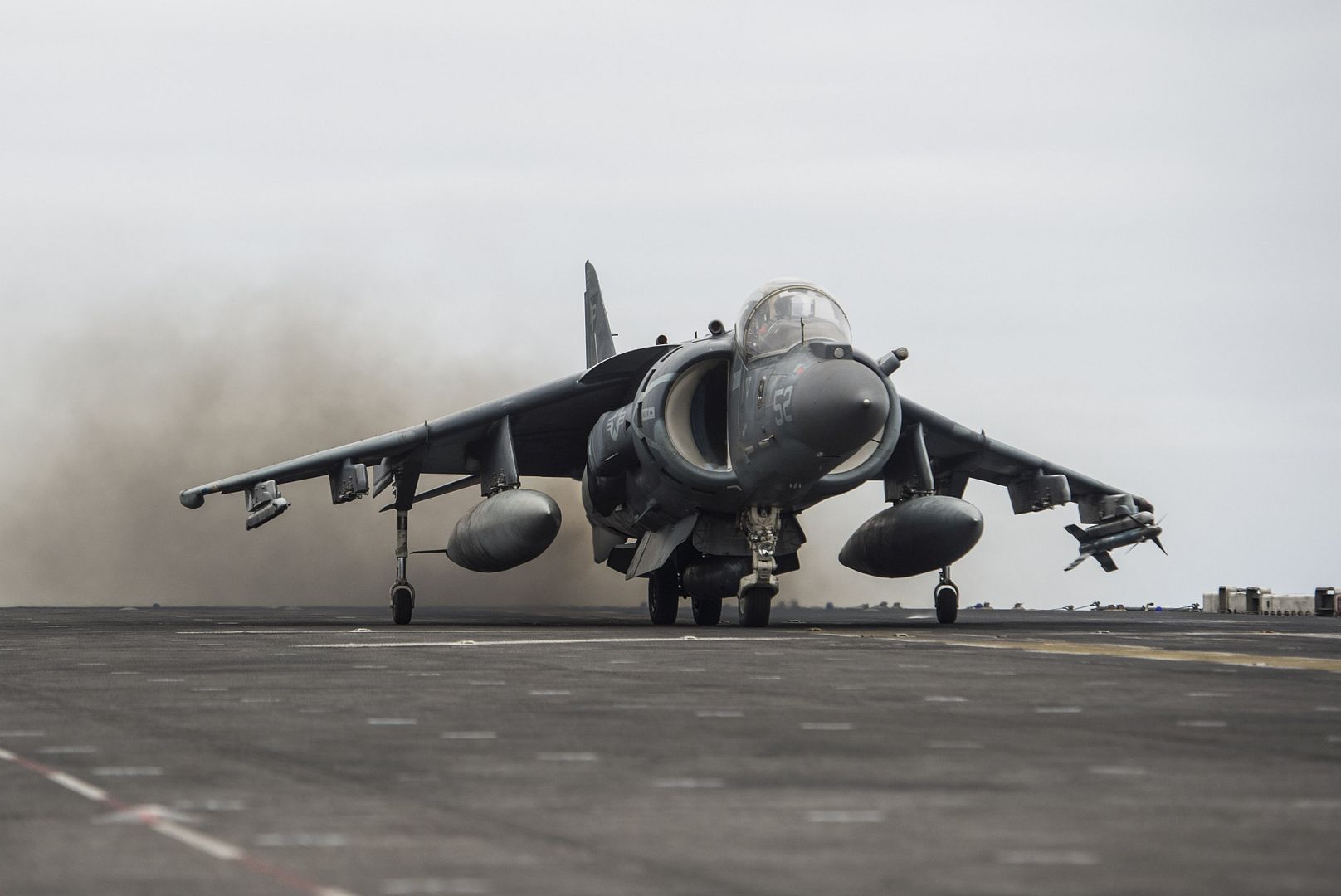
A U.S. Air Force F-16 Fighting Falcon taxis down a runway at Kunsan Air Base, Republic of Korea, May 15, 2017. Six aircraft from the 35th Fighter Squadron departed Kunsan to take part in Buddy Wing 17-4 from May 15-19. (U.S. Air Force photo by Senior Airman Michael Hunsaker/Released)
A U.S. Air Force F-16 Fighting Falcon flies above Kunsan Air Base, Republic of Korea, May 15, 2017. Six aircraft from the 35th Fighter Squadron departed Kunsan to participate in Buddy Wing 17-4. The exercise enhances interoperability between U.S. and ROK forces for combined operations. (U.S. Air Force photo by Senior Airman Michael Hunsaker/Released)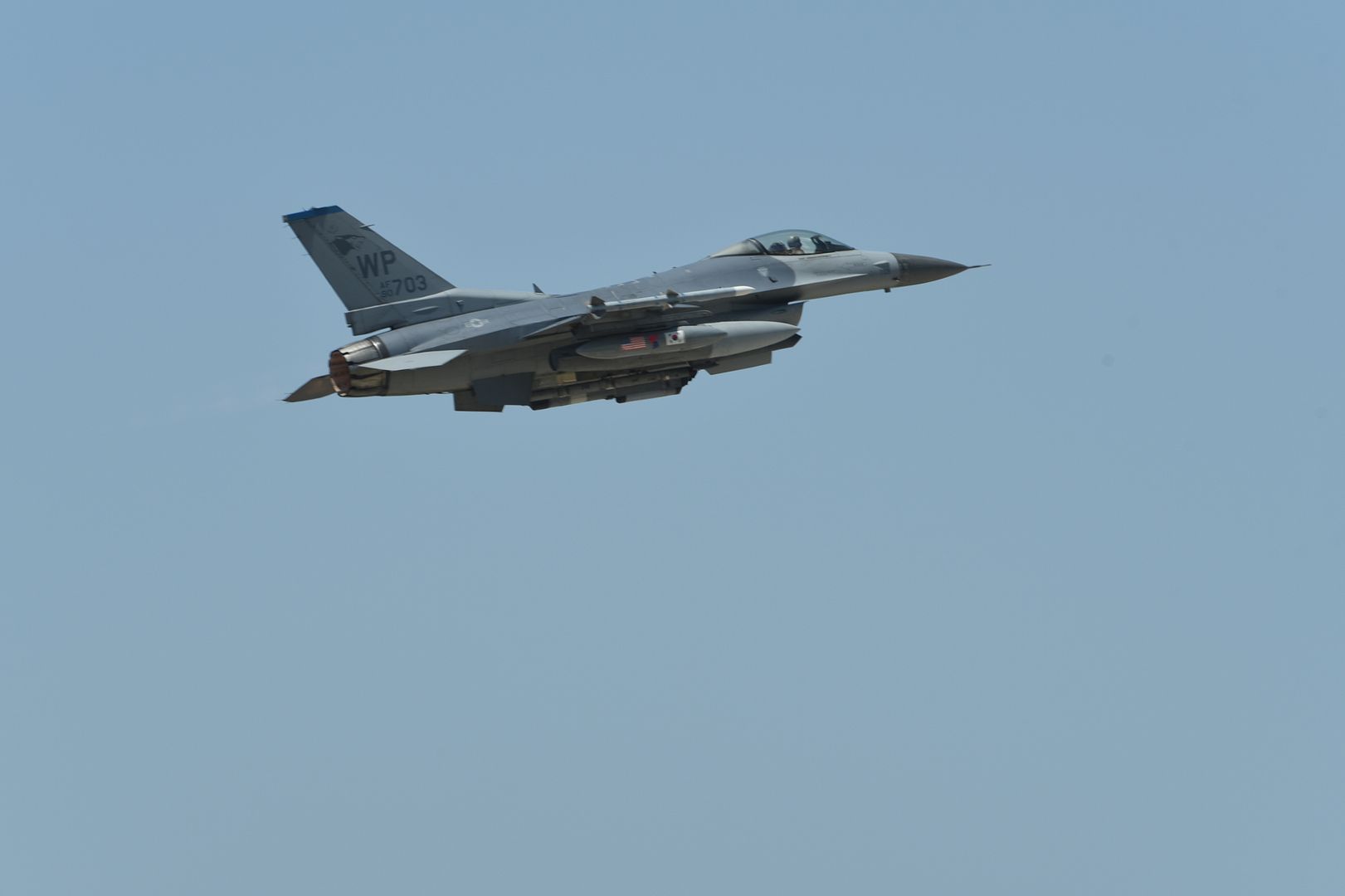
A U.S. Air Force F-16 Fighting Falcon takes off from Kunsan Air Base, Republic of Korea, May 15, 2017. Six aircraft from the 35th Fighter Squadron departed Kunsan to take part in Buddy Wing 17-4. The exercise enhances interoperability between U.S. and ROK forces. (U.S. Air Force photo by Senior Airman Michael Hunsaker/Released)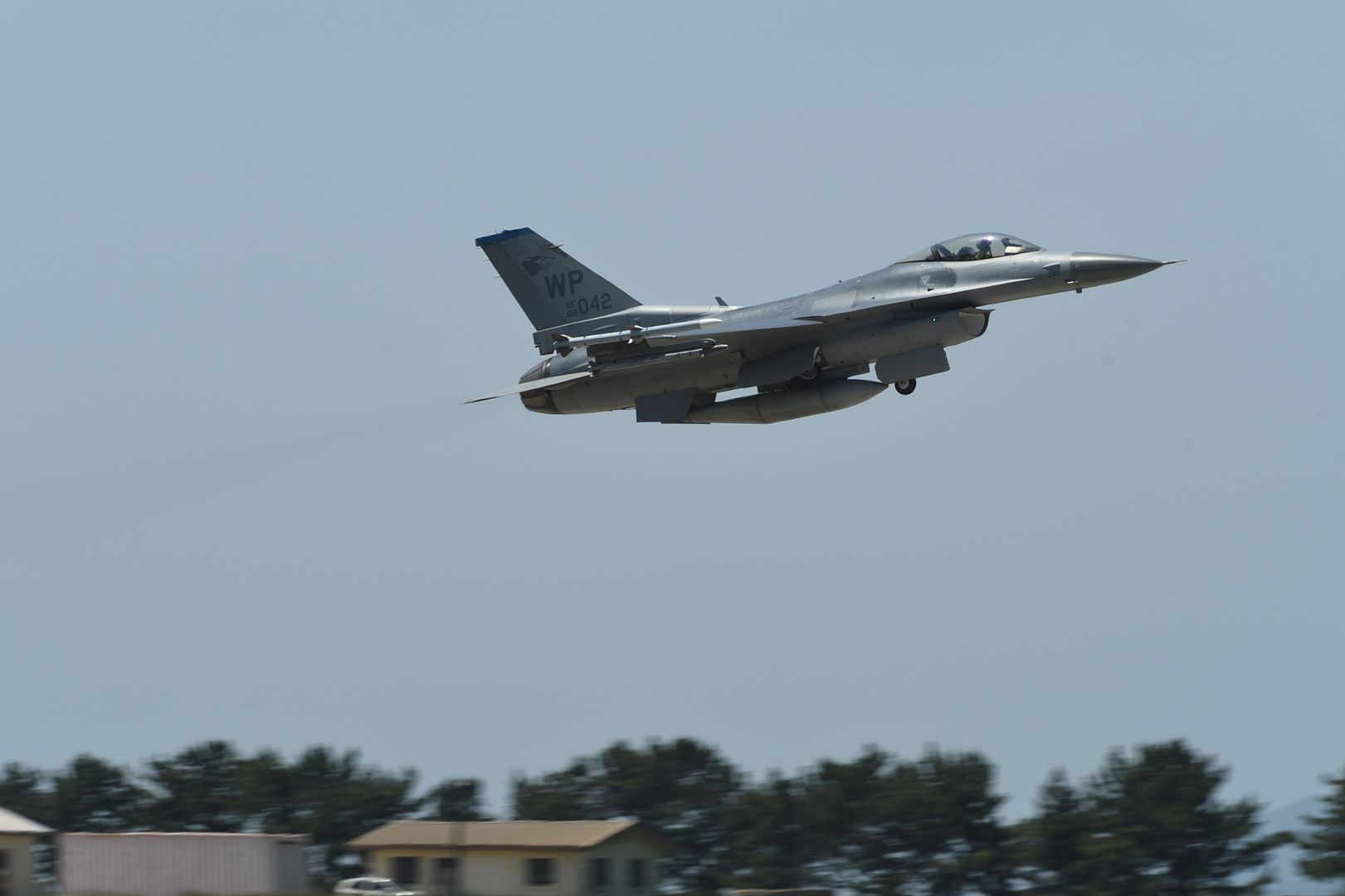
ST. LOUIS, May 15, 2017 ? Boeing?s [NYSE: BA] decision to assemble its T-X Air Force training jet at its St. Louis facility is expected to support approximately 1,800 jobs in the region.
If the Air Force chooses Boeing to help train pilots for generations to come, T-X will be the newest project for a community that has produced some of the most acclaimed military aircraft of the past seven decades.
?The Boeing T-X trainer will keep Americans safe and create more jobs for Missourians,? said Missouri Gov. Eric Greitens. ?Companies like Boeing, which are committed to growing and investing here, show the world that our state is open for business and ready to create new jobs.?
The jobs projection includes direct and indirect positions expected to be supported by the T-X work.
?I?m proud that Boeing has trust in the highly skilled workforce in my district, and I look forward to the economic opportunity these jobs will bring for our community and the Missouri supply chain,? added U.S. Rep. Lacy Clay, who represents Missouri?s first district that includes Boeing?s St. Louis facility.
The first two new, purpose-built T-X aircraft have proven the design?s low-risk, performance and repeatability in manufacturing.
?Our highly skilled St. Louis workforce designed, assembled and brought Boeing T-X to life, and they continue to define the future, not just for our company, but for our customers and the global aerospace industry,? said Shelley Lavender, St. Louis senior executive and president of Boeing Military Aircraft.
Boeing T-X is a training system designed specifically for the Air Force training mission. It will replace the service?s fleet of aging T-38 aircraft. The initial acquisition, for 350 aircraft and the associated ground-based training and support, is valued at up to $16 billion. Initial operating capability is planned for 2024. The contract award is expected by the end of the year.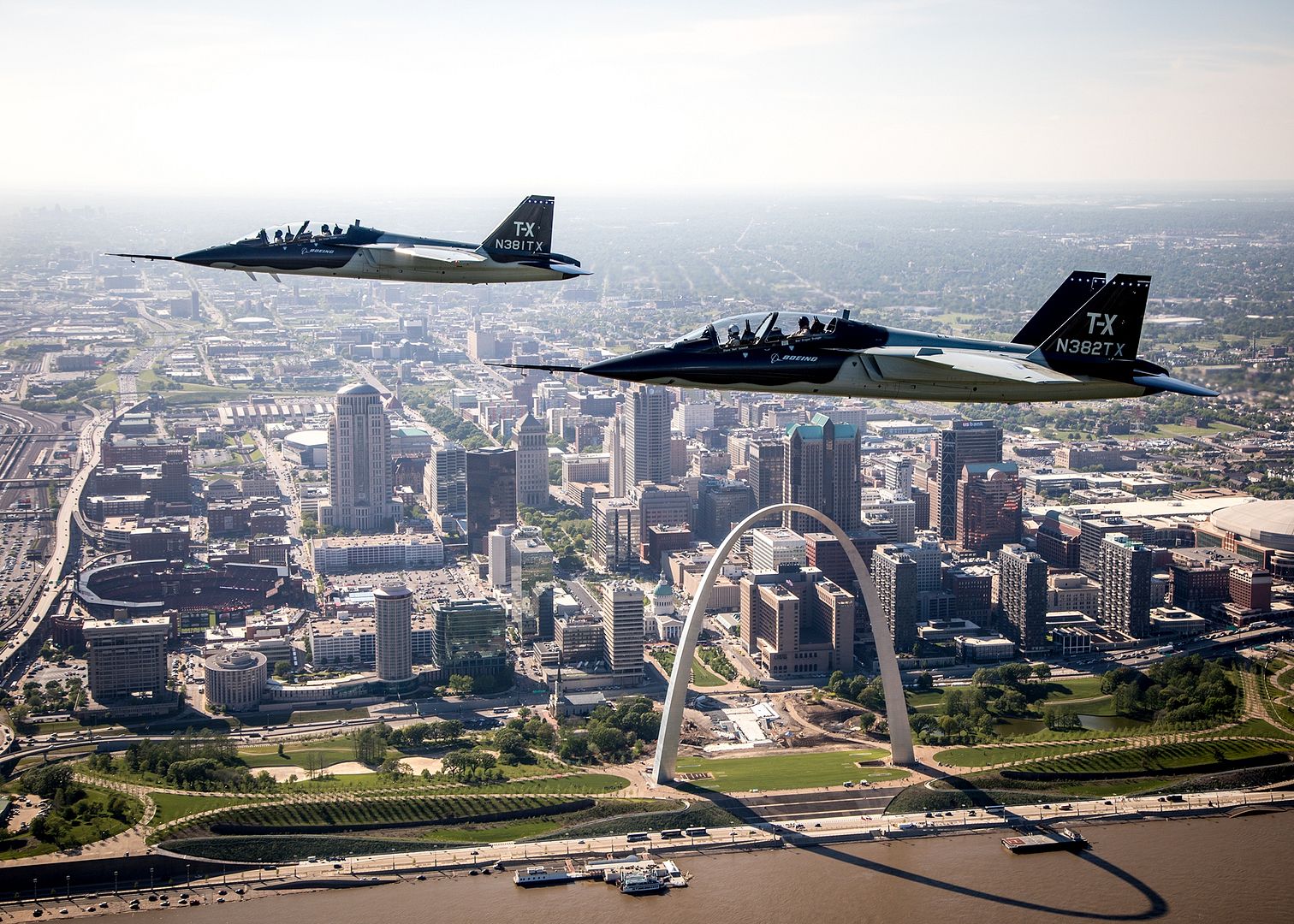
-
 Main AdminMarine Fighter Attack Squadron (VMFA) 232 conducts flight operations during exercise Distant Frontier on Joint Base Elmendorf-Richardson, Alaska, May 17, 2017. Distant Frontier is a unit-level training iteration designed to sharpen participants' tactical combat skills and develop interoperable plans and programs across the joint force. (U.S. Marine Corps Photo's by Lance Cpl. Jacob A. Farbo)
Main AdminMarine Fighter Attack Squadron (VMFA) 232 conducts flight operations during exercise Distant Frontier on Joint Base Elmendorf-Richardson, Alaska, May 17, 2017. Distant Frontier is a unit-level training iteration designed to sharpen participants' tactical combat skills and develop interoperable plans and programs across the joint force. (U.S. Marine Corps Photo's by Lance Cpl. Jacob A. Farbo)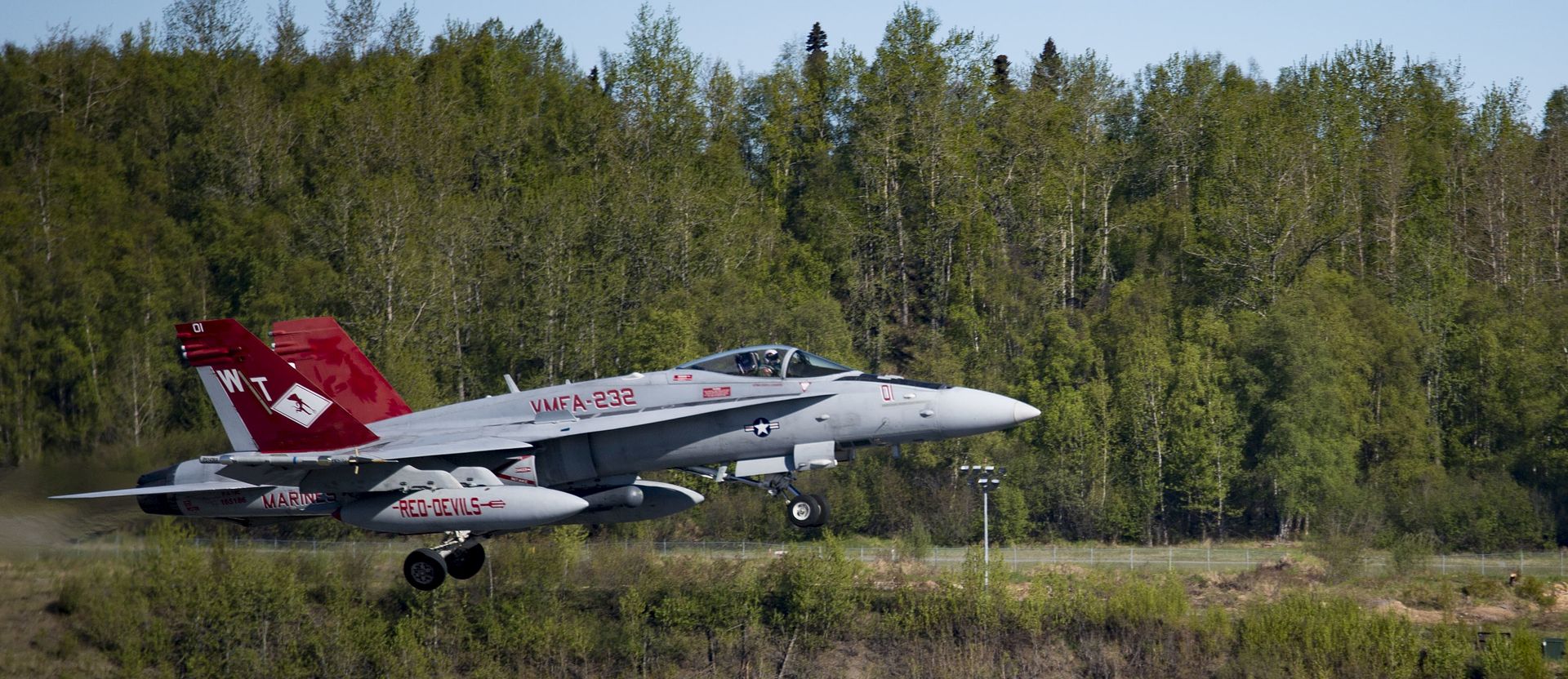
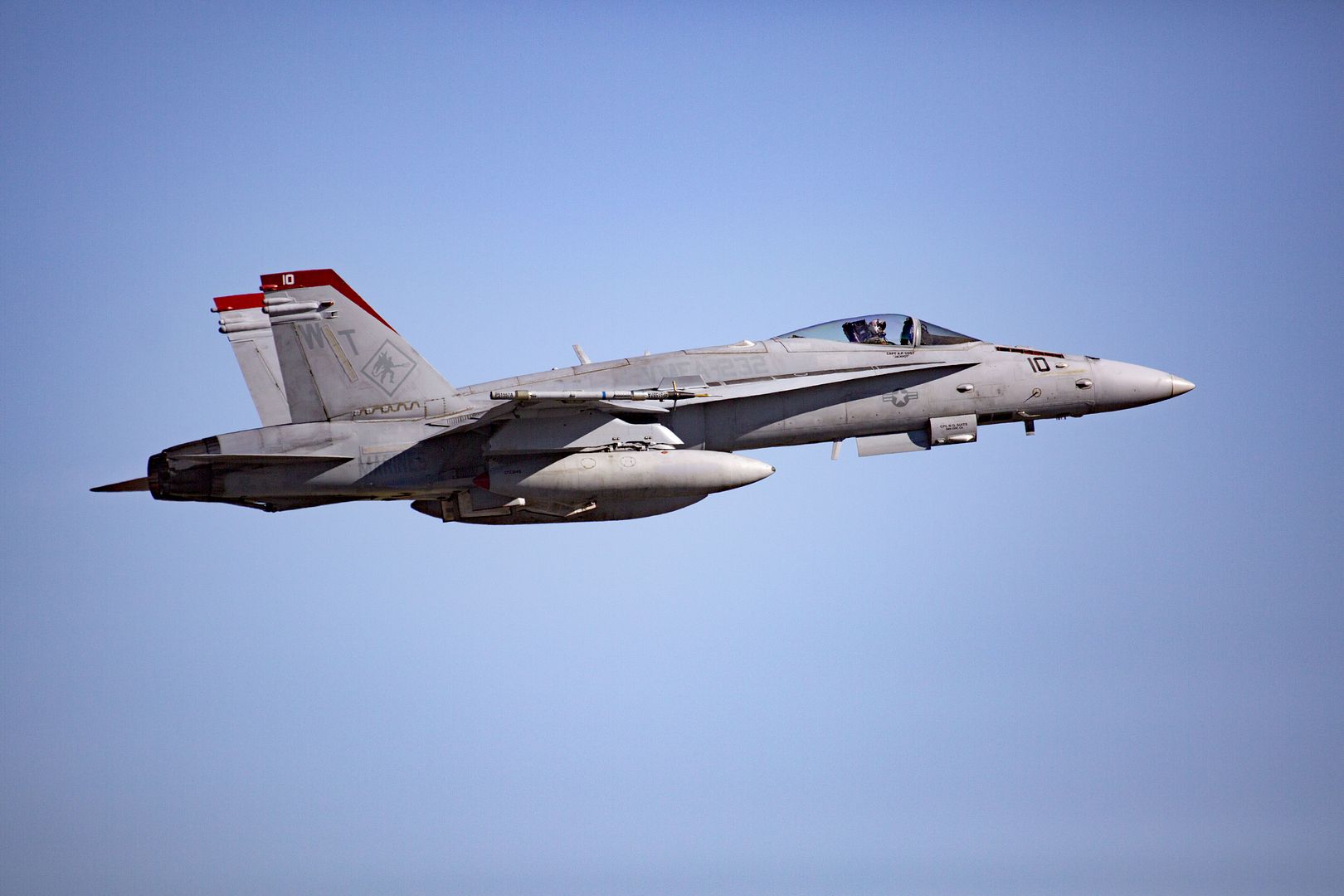
SEATTLE, May 16, 2017 ? Boeing (NYSE: BA) today marked the first delivery of the new 737 MAX. The airplane, a 737 MAX 8, was handed over to Malindo Air at the Seattle Delivery Center. The Malaysia-based airline will be the first to put the 737 MAX into commercial service.
?This airplane will change the face of the single-aisle market,? said Boeing Commercial Airplanes president and CEO Kevin McAllister. ?The 737 MAX 8 is the best in its class, providing unmatched performance and economics for our airline customers.?
?We are thrilled to partner with Boeing to take the delivery of the world?s first Boeing 737 MAX,? said Chandran Rama Muthy, CEO of Malindo Air. ?The Boeing 737NG fleet has served Malindo well in its growth and we believe that the 737 MAX will become the centerpiece of our fleet. These new aircraft will allow us to go to further destinations and will play a key role in providing lower air fares to our customers."
The 737 MAX family is designed to offer the greatest flexibility, reliability and efficiency in the single-aisle market. Every airplane will feature the new Boeing Sky Interior, highlighted by modern sculpted sidewalls and window reveals, LED lighting that enhances the sense of spaciousness and larger pivoting overhead stowage bins.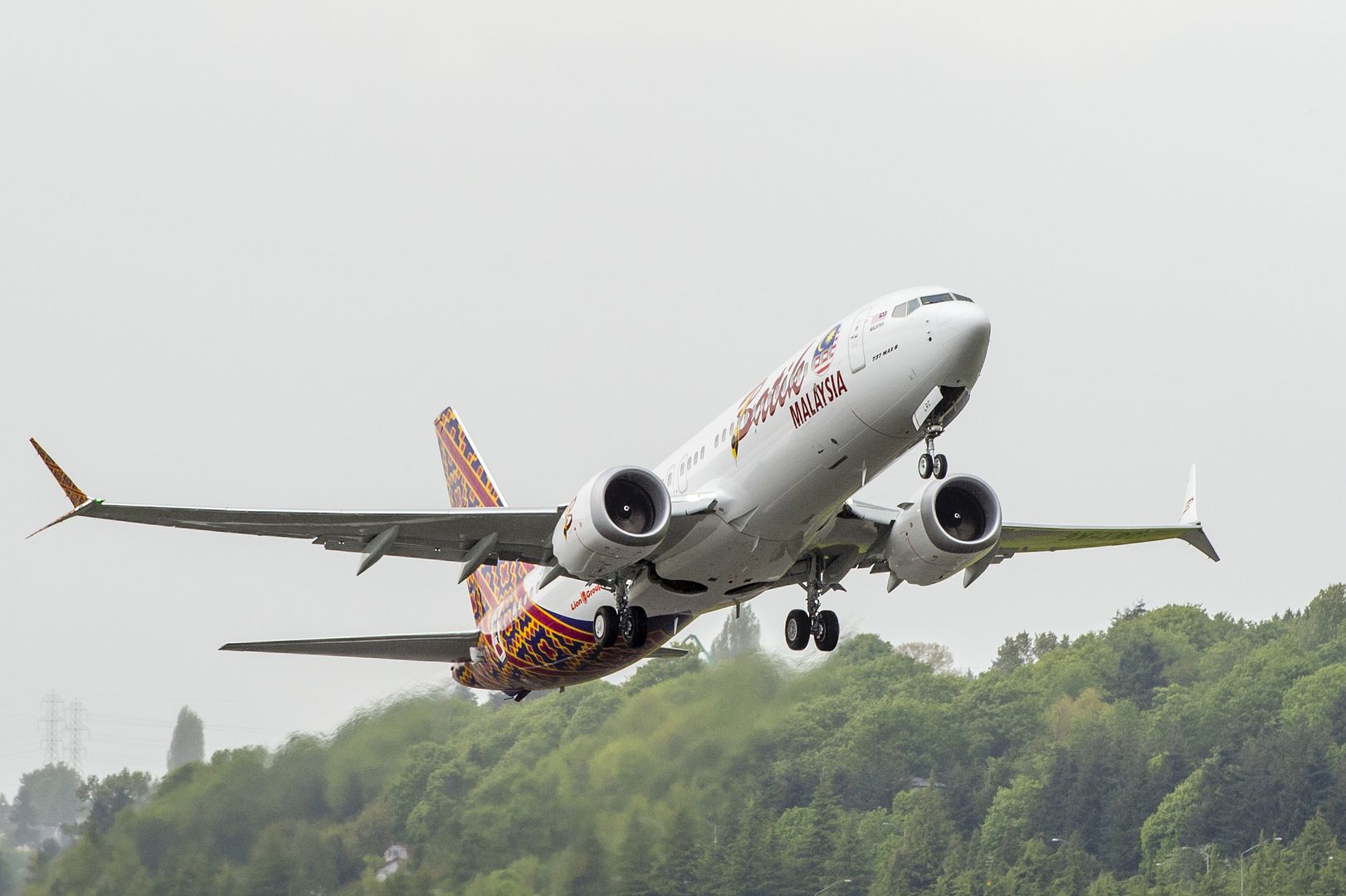
The 737 MAX is the fastest-selling airplane in Boeing?s history. To date, it has received almost 3,700 orders from 87 customers across the world.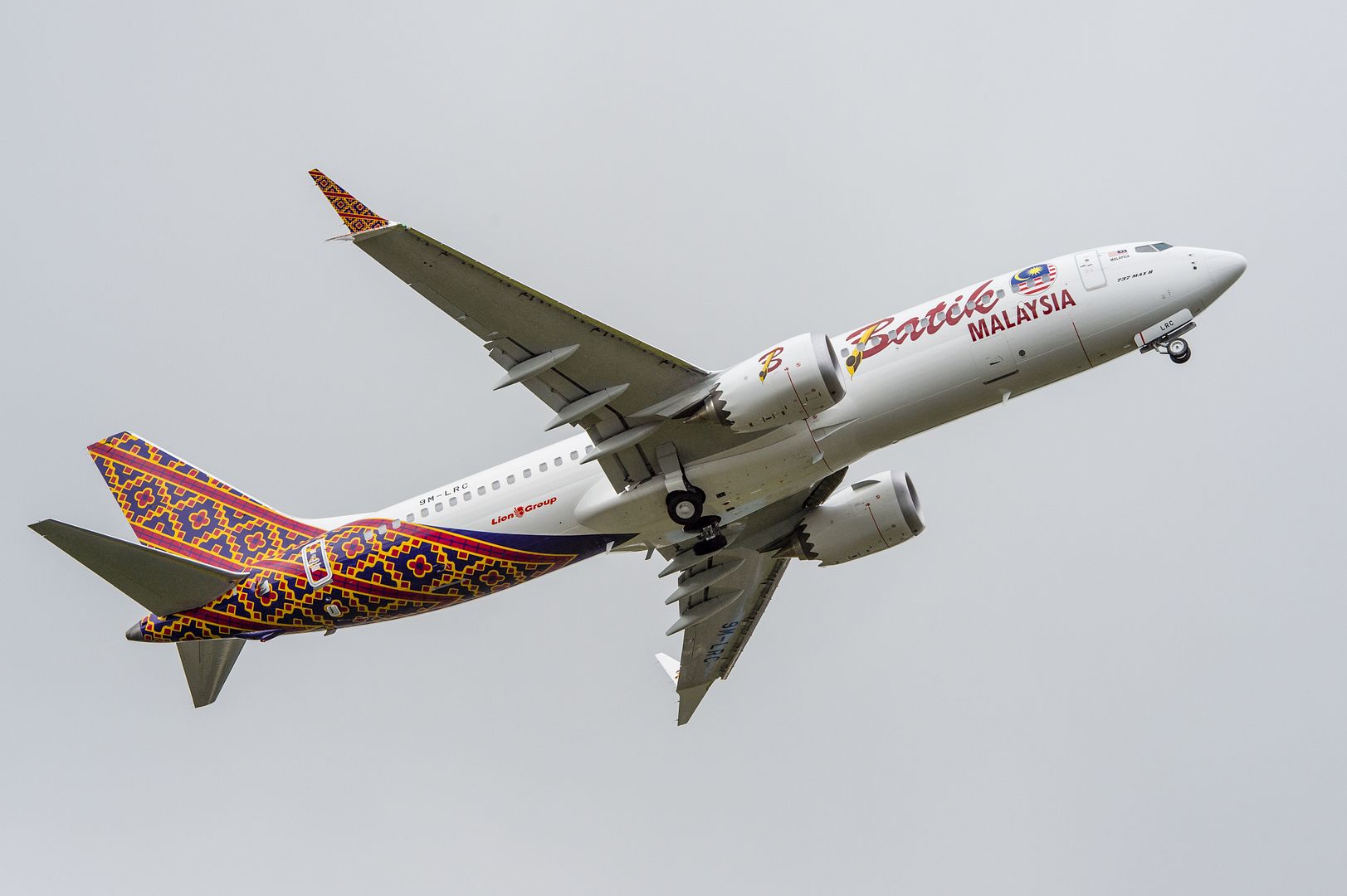
-
 Main AdminA U.S. Army UH-60 Black Hawk helicopter crew chief assigned to Task Force Tigershark, 16th Combat Aviation Brigade, 7th Infantry Division gets in his aircraft at Operating Base Fenty in Jalalabad, Afghanistan, May 17, 2017. The Tigersharks are working hard to support U.S. Forces Afghanistan as part of Operation Freedom's Sentinel and Resolute Support Mission.
Main AdminA U.S. Army UH-60 Black Hawk helicopter crew chief assigned to Task Force Tigershark, 16th Combat Aviation Brigade, 7th Infantry Division gets in his aircraft at Operating Base Fenty in Jalalabad, Afghanistan, May 17, 2017. The Tigersharks are working hard to support U.S. Forces Afghanistan as part of Operation Freedom's Sentinel and Resolute Support Mission.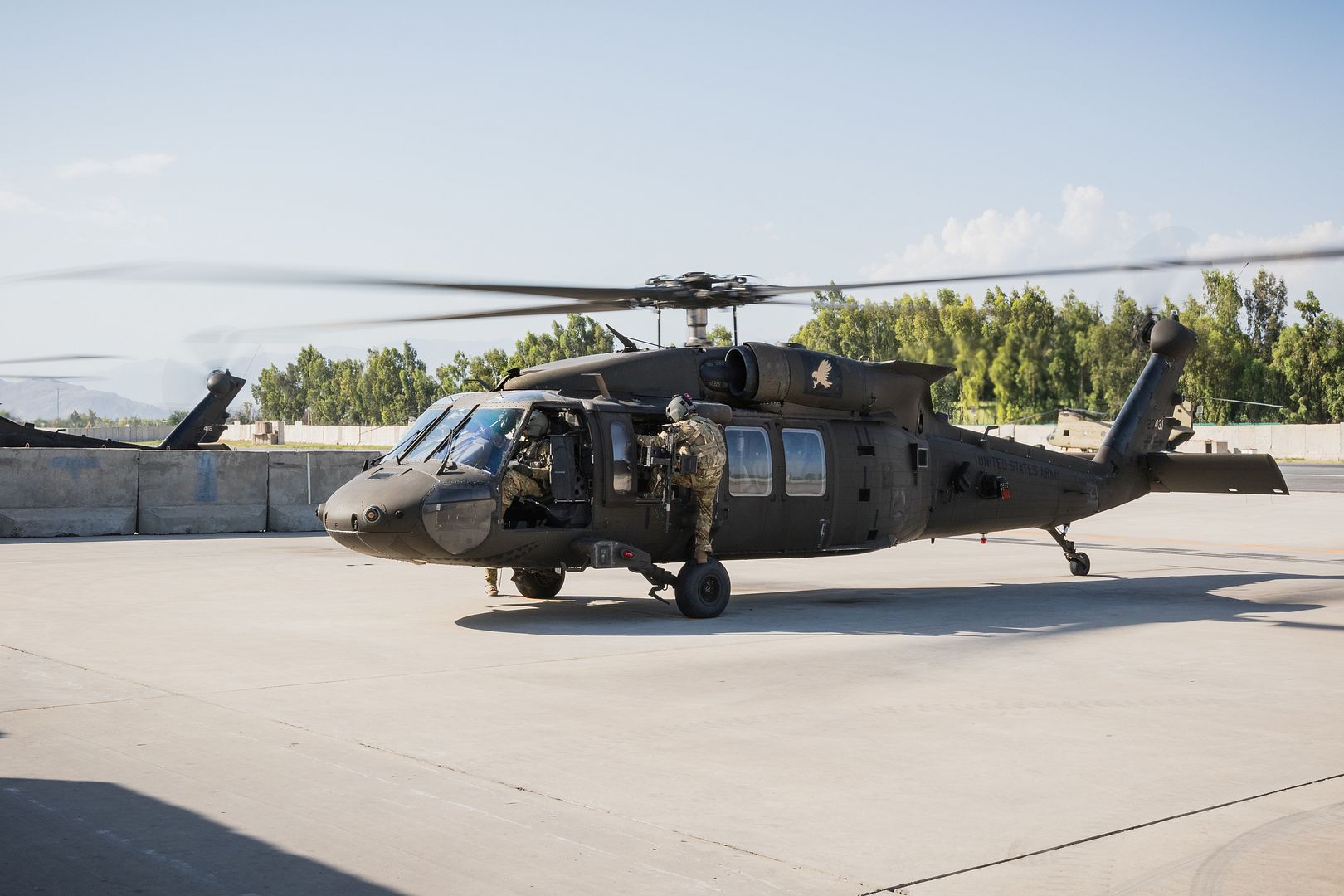
A U.S. Army UH-60 Black Hawk helicopter crew chief assigned to Task Force Tigershark, 16th Combat Aviation Brigade, 7th Infantry Division scans around the aircraft as it departs for a mission at Operating Base Fenty in Jalalabad, Afghanistan, May 17, 2017. The Tigersharks are working hard to support U.S. Forces Afghanistan as part of Operation Freedom's Sentinel and Resolute Support Mission.
Photo's by Capt. Brian Harris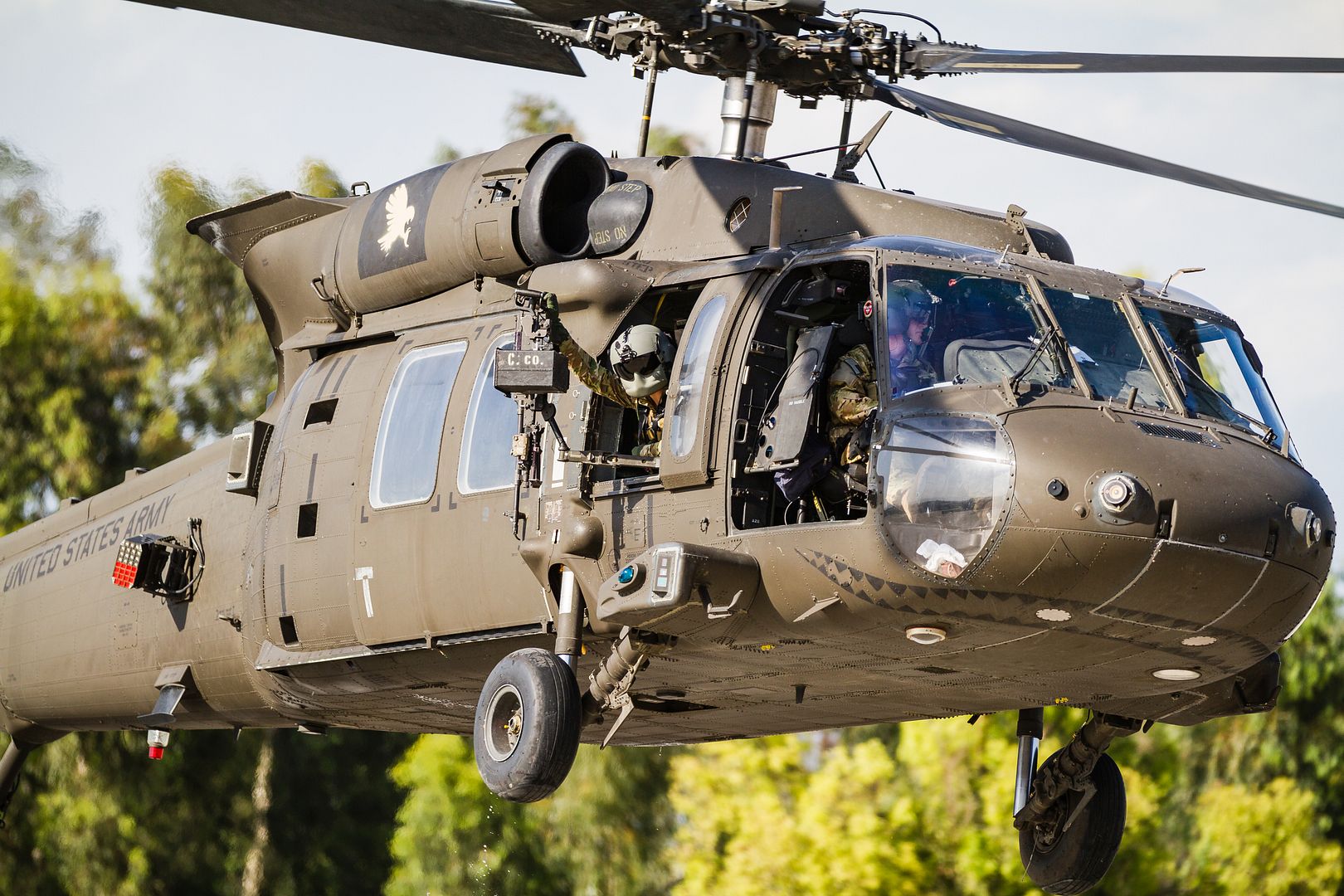
U.S. Army Soldiers assigned to the 3rd Squadron, 4th Cavalry Regiment, 3rd Brigade Combat Team, 25th Infantry Division, prepare to helocast into the Pacific Ocean from a UH-1Y ?Super Huey? helicopter assigned to Marine Light Attack Helicopter Squadron 367, on May 16, 2017. The Soldiers jumped into the water while about 10 feet about the water at 10 knots. (U.S. Army photo by Staff Sgt. Armando R. Limon, 3rd Brigade Combat Team, 25th Infantry Division)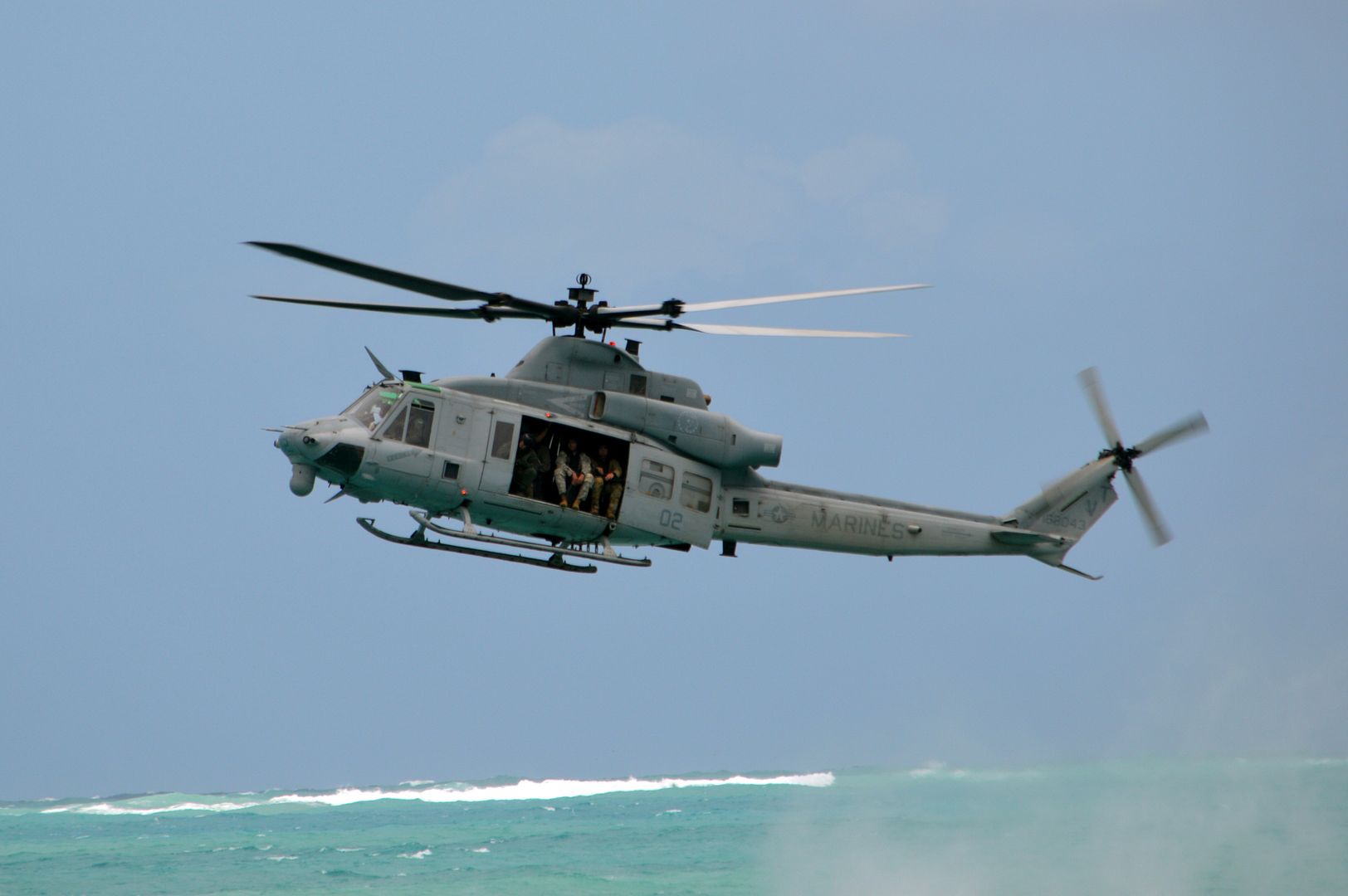
The first Eurofighter Typhoon and Hawk advanced jet trainer aircraft for the Royal Air Force of Oman (RAFO) have been formally presented to the customer in a ceremony held at BAE Systems? Military Air & Information business in the UK.
An invited audience of more than 100 delegates witnessed the event at BAE Systems? site in Warton, Lancashire, including His Excellency Sayyid Badr bin Saud al Busaidi, the Sultanate of Oman?s Minister Responsible For Defence Affairs (MRDA) and the Commander of the Royal Air Force of Oman, Air Vice-Marshal Mattar bin Ali bin Mattar Al Obaidani. The event was followed by a fly-past of a Royal Air Force of Oman Eurofighter Typhoon aircraft.
Chris Boardman, Managing Director, BAE Systems Military Air & Information, said: ?We are privileged and honoured to be able to celebrate the completion of the first Eurofighter Typhoon and Hawk aircraft in the presence of the Minister Responsible for Defence Affairs (Sultanate of Oman) and the Commander and representatives of the Royal Air Force of Oman. BAE Systems has a long and proud history of working in Oman, which has been built over more than half a century. Today?s event represents a further strengthening of that special relationship.
?We believe that, in Eurofighter Typhoon and Hawk, Oman has added the most advanced combat jet and proven training aircraft available in the world to its military portfolio. We look forward to continuing to work in close partnership with Oman?s Ministry of Defence as deliveries of the first aircraft begin.?
The Sultanate of Oman announced its decision to purchase 12 Eurofighter Typhoon and eight Hawk aircraft in December 2012. Deliveries of the first aircraft are due to begin later this year.
Eurofighter Typhoon is the most advanced multi-role combat aircraft currently available on the world market and can be deployed in the full spectrum of air operations including air policing, peace support and high intensity conflict.
Hawk is the lead-in fast jet trainer aircraft of choice for 18 international customers. A total of 1,020 Hawk aircraft have been sold or are on order around the globe.
Tuesday, 16 may 2017, the R?giment De Chasse 2/30 Normandie Ni?men celebrated 100 years of there squadrons.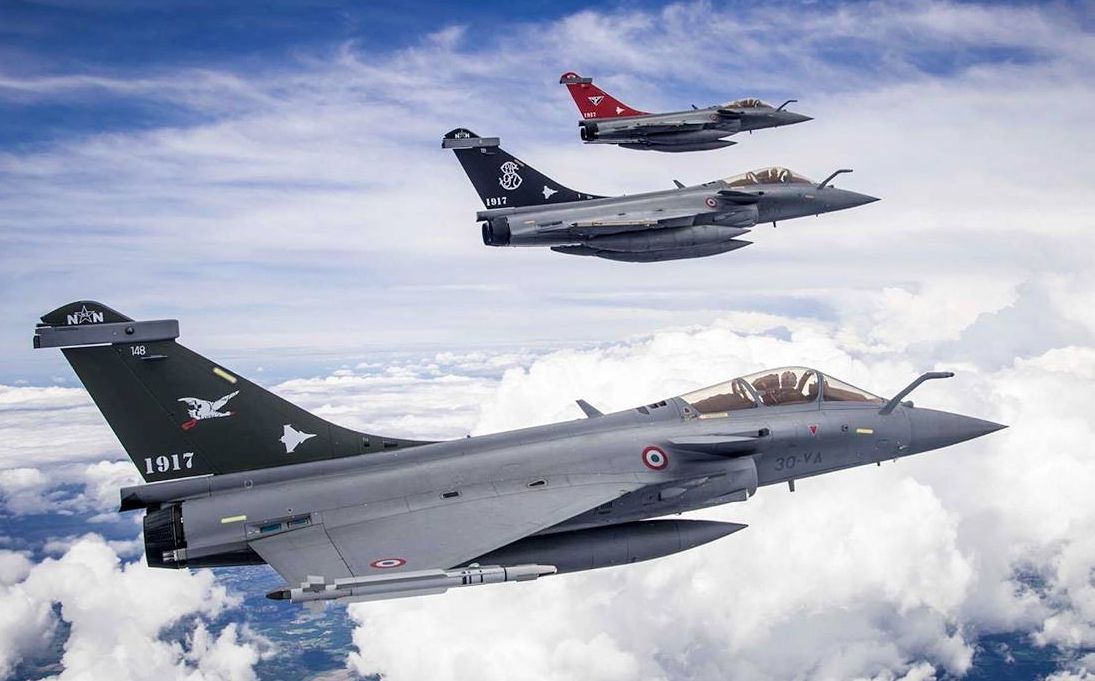
On this occasion, they unveiled their commemorative planes. Each of them bearing a different painted fin with the colors of one of the 3 Squadrons!
-
 Main AdminMarine Fighter Attack Squadron (VMFA) 232 conducts flight operations during exercise Distant Frontier on Joint Base Elmendorf-Richardson, Alaska, May 18, 2017. Distant Frontier is a unit-level training iteration designed to sharpen participants' tactical combat skills and develop interoperable plans and programs across the joint force. (U.S. Marine Corps Photo by Lance Cpl. Jacob A. Farbo)
Main AdminMarine Fighter Attack Squadron (VMFA) 232 conducts flight operations during exercise Distant Frontier on Joint Base Elmendorf-Richardson, Alaska, May 18, 2017. Distant Frontier is a unit-level training iteration designed to sharpen participants' tactical combat skills and develop interoperable plans and programs across the joint force. (U.S. Marine Corps Photo by Lance Cpl. Jacob A. Farbo)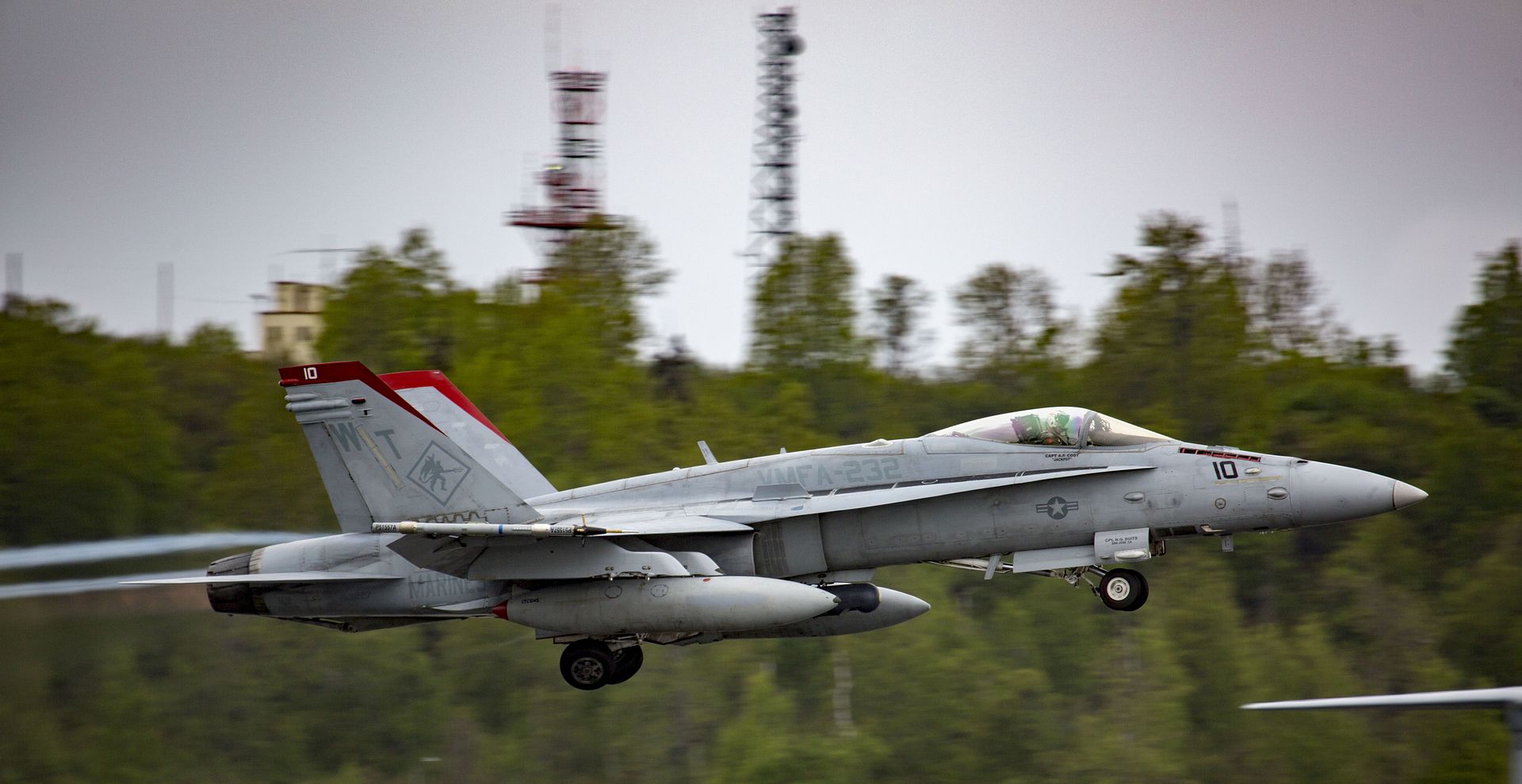
A U.S. Air Force 3rd Wing F-22 Raptor conducts flight operations during exercise Distant Frontier on Joint Base Elmendorf-Richardson, Alaska, May 18, 2017. Distant Frontier is a unit-level training iteration designed to sharpen participants' tactical combat skills and develop interoperable plans and programs across the joint force. (U.S. Marine Corps Photo by Lance Cpl. Jacob A. Farbo)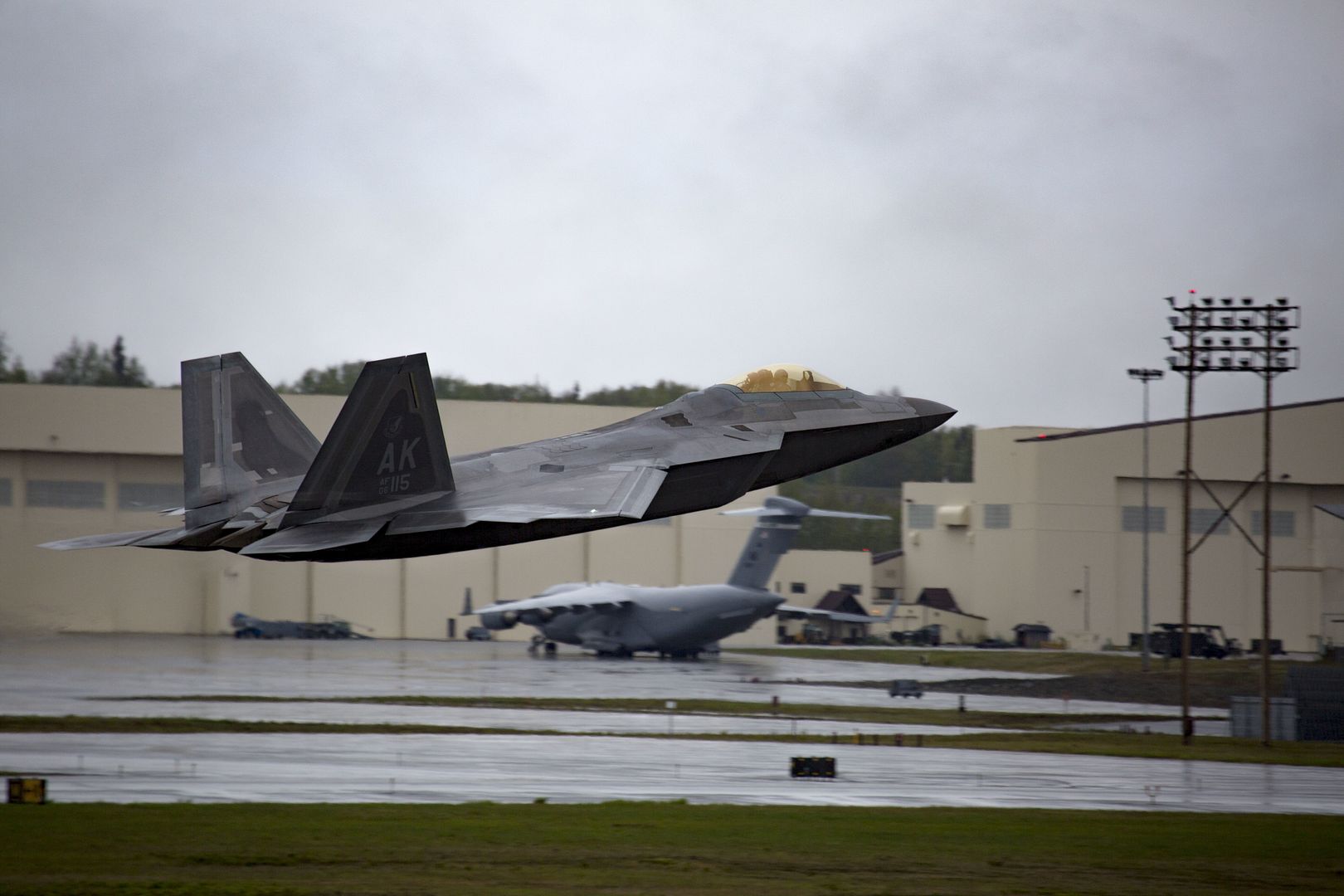
A pair of British MK3 Merlin helicopters lift off after inserting U.S. Marines on the Island of Tinian, in the Commonwealth of the Northern Mariana Islands, May 16, 2017. Marines and Sailors are participating in a two week integrated exercise, Jeanne D? Arc. The French-led exercise which strengthens strategic partnerships and exercising freedom of navigation operations across the Indo-Asia-Pacific region. . (U.S. Marine Corps photo by MCIPAC Combat Camera Lance Cpl. Caleb T. Maher)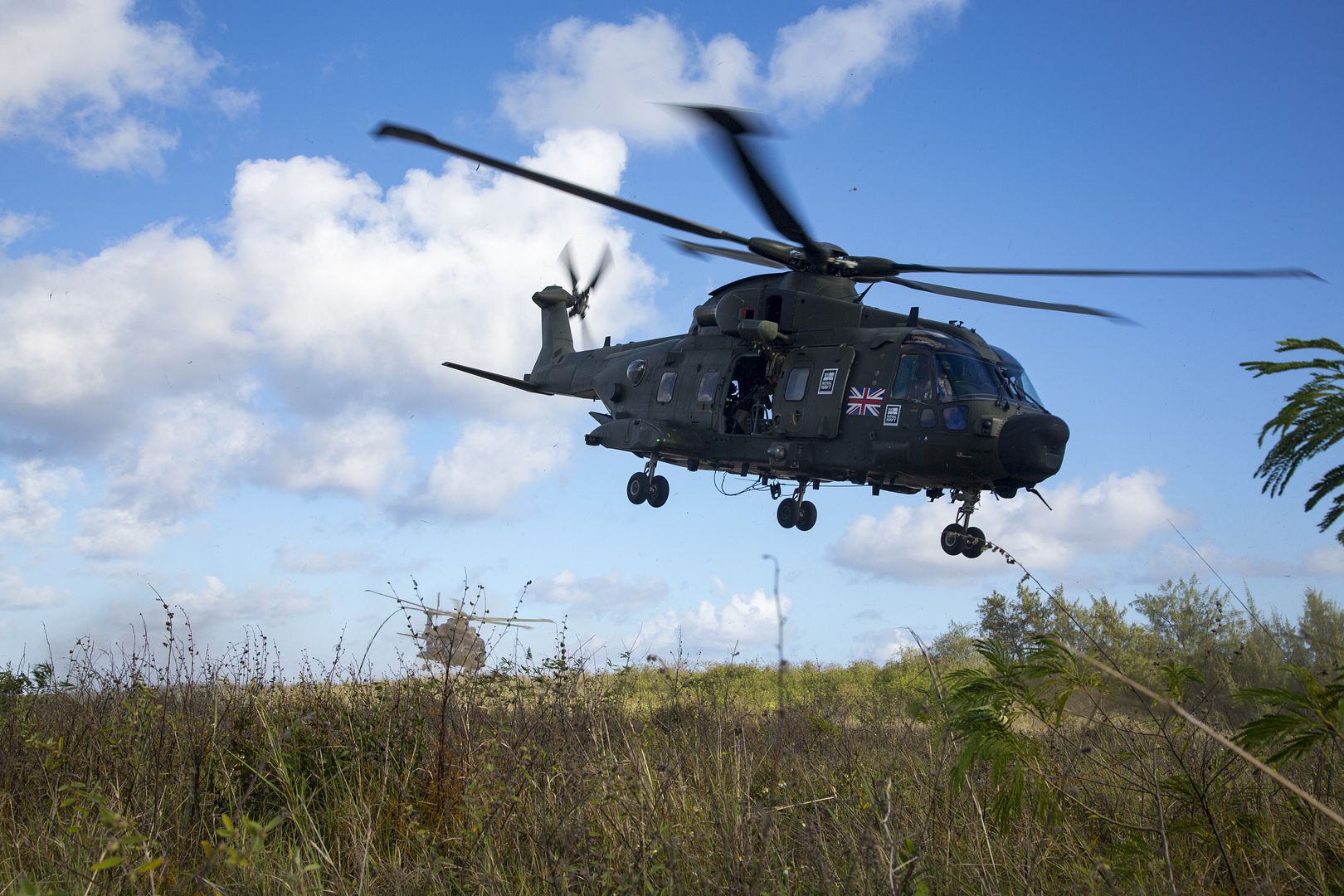
MEDITERRANEAN SEA (May 18, 2017) A French Navy Panther anti-submarine helicopter, assigned to the Cassard-class anti-air frigate FS Jean Bart (D615), lands aboard the Arleigh Burke-class guided-missile destroyer USS Ross (DDG 71) May 18, 2017. Ross, forward-deployed to Rota, Spain, is conducting naval operations in the U.S. 6th Fleet area of operations in support of U.S. national security interests in Europe and Africa. (U.S. Navy photo by Mass Communication Specialist 3rd Class Robert S. Price/Released)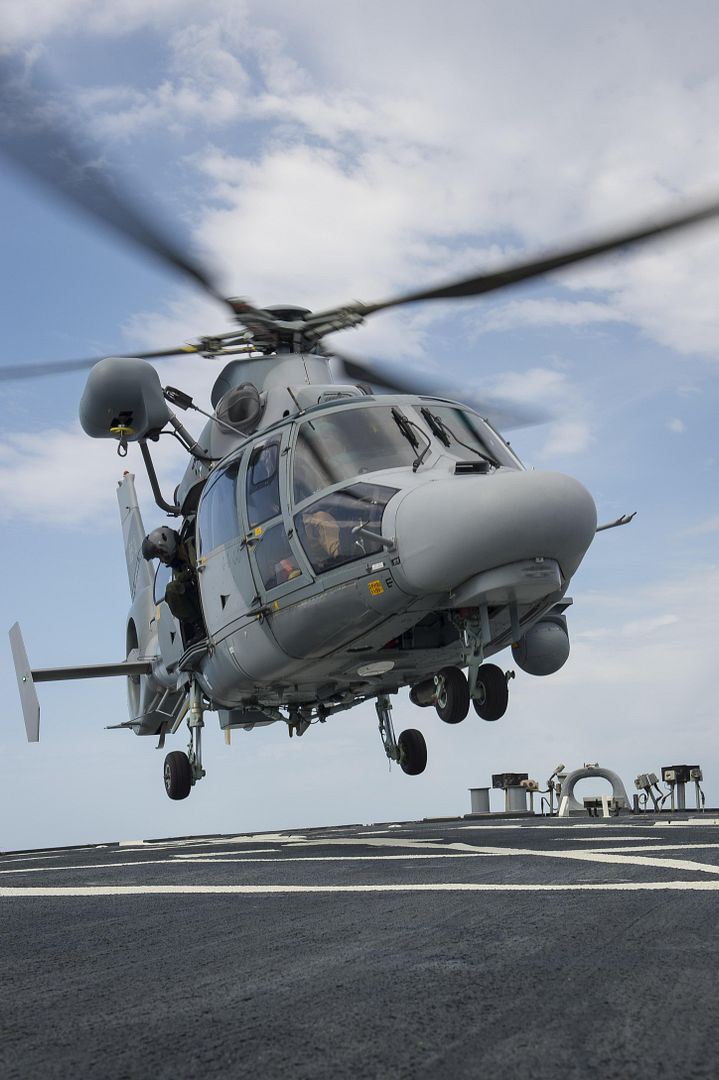
An F-16 Fighting Falcon from the 555th Expeditionary Fighter Squadron engages a barrier during a certification of the mobile aircraft arresting system at Bagram Airfield, Afghanistan, May 19, 2017. The barrier system is used in case of an emergency when a pilot cannot stop their aircraft. (U.S. Air Force photo by Staff Sgt. Benjamin Gonsier)
Airmen remove a cable from an F-16 Fighting Falcon, assigned to the 555th Expeditionary Fighter Squadron, at Bagram Airfield, Afghanistan, May 19, 2017. The cable is part of the mobile aircraft arresting system, which is used to rapidly decelerate an aircraft. (U.S. Air Force photo by Staff Sgt. Benjamin Gonsier)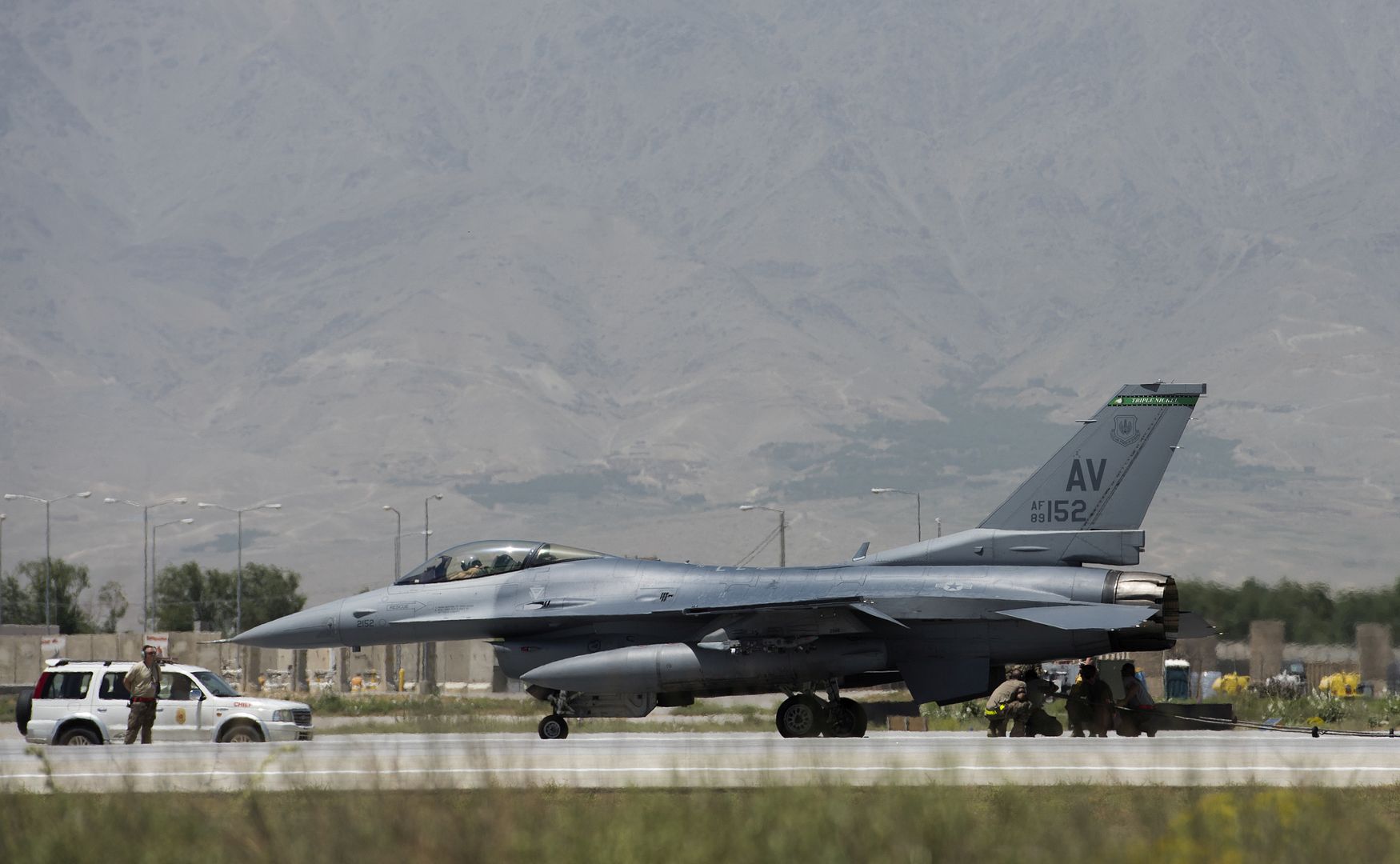
Four Thunderbirds fly off the wing of a KC-135 Stratotanker flown by reservists from the 507th Air Refueling Wing on May 18, 2017, before refueling on the way to Tinker Air Force Base, Oklahoma. The Thunderbirds will headline Tinker's Star Spangled Salute Air Show. (U.S. Air Force photo by 2nd Lt. Caleb Wanzer)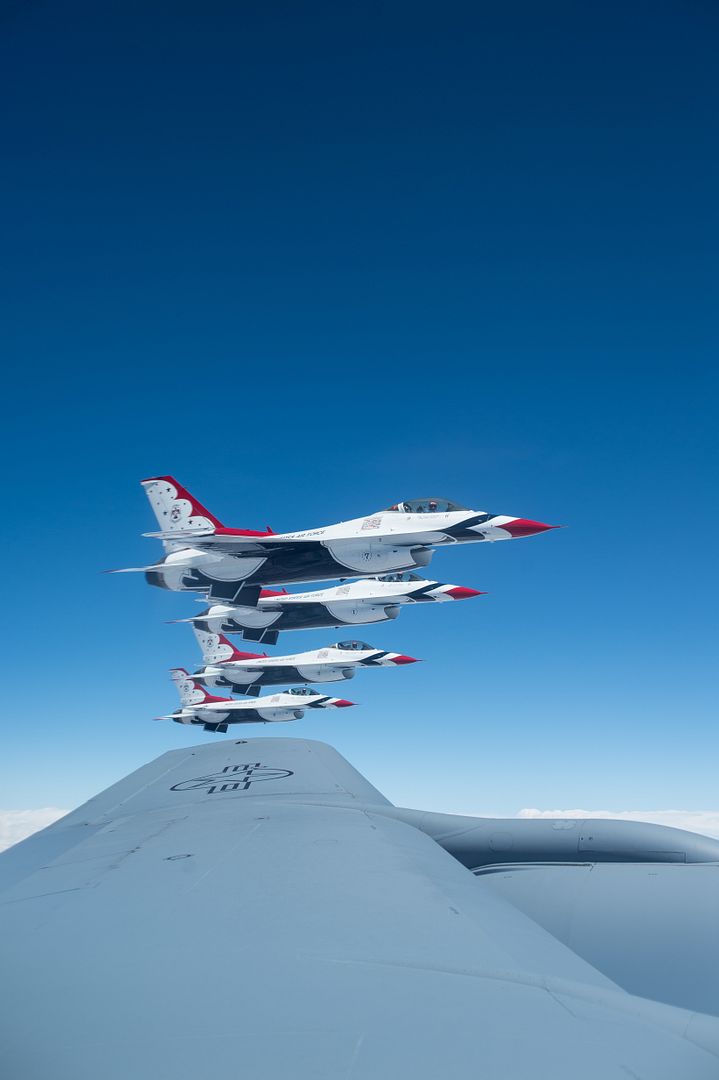
EDWARDS AIR FORCE BASE, Calif. --
Three QF-16s descended on Edwards recently to aid the F-35 Joint Operational Test Team with test planning.
The QF-16 is a full-scale aerial target that has been modified to be flown with a pilot in the cockpit for training and also without a pilot as a target for live missile testing. The unique jets are from the 82nd Aerial Targets Squadron from Tyndall Air Force Base, Florida, and Holloman Air Force Base, New Mexico.
The QF-16 is a fourth-generation fighter that maintains all inherent capabilities of the baseline F-16 Fighting Falcon including supersonic flight and 9-G maneuverability, according to the 82nd ATRS.
The QF-16?s fourth-generation fighter capabilities are designed to help test fifth-generation fighters like the F-35 Lightning II against aerial adversaries and targets.
?We?re preparing for initial operational test and evaluation that starts next year,? said Matt Feringa, F-35 JOTT senior tactical systems analyst. ?Part of the QF-16?s mission is to carry airborne radar jamming pods. We flew F-35s with them as part of our test design development and to preliminarily evaluate the F-35 against those jamming pods.?
The JOTT at Edwards is part of a joint enterprise that conducts operational test and evaluation of the F-35 Joint Strike Fighter. The unit consists of all U.S. services that will operate the different F-35 variants along with coalition partners such as the United Kingdom and the Netherlands who will also operate the JSF.
Feringa said the QF-16s were here for two weeks and the JOTT received good data to move ahead with their test plans. For the JOTT test purposes, the QF-16s were flown by pilots from the 82nd ATRS.
The QF-16 allows customers to test weapons systems in real-world scenarios before reaching the battlefield. Initial operational capability for the QF-16 full-scale aerial target was declared Sept. 23, 2016. The 82nd ATRS operates the only full-scale aerial target capability in the Defense Department.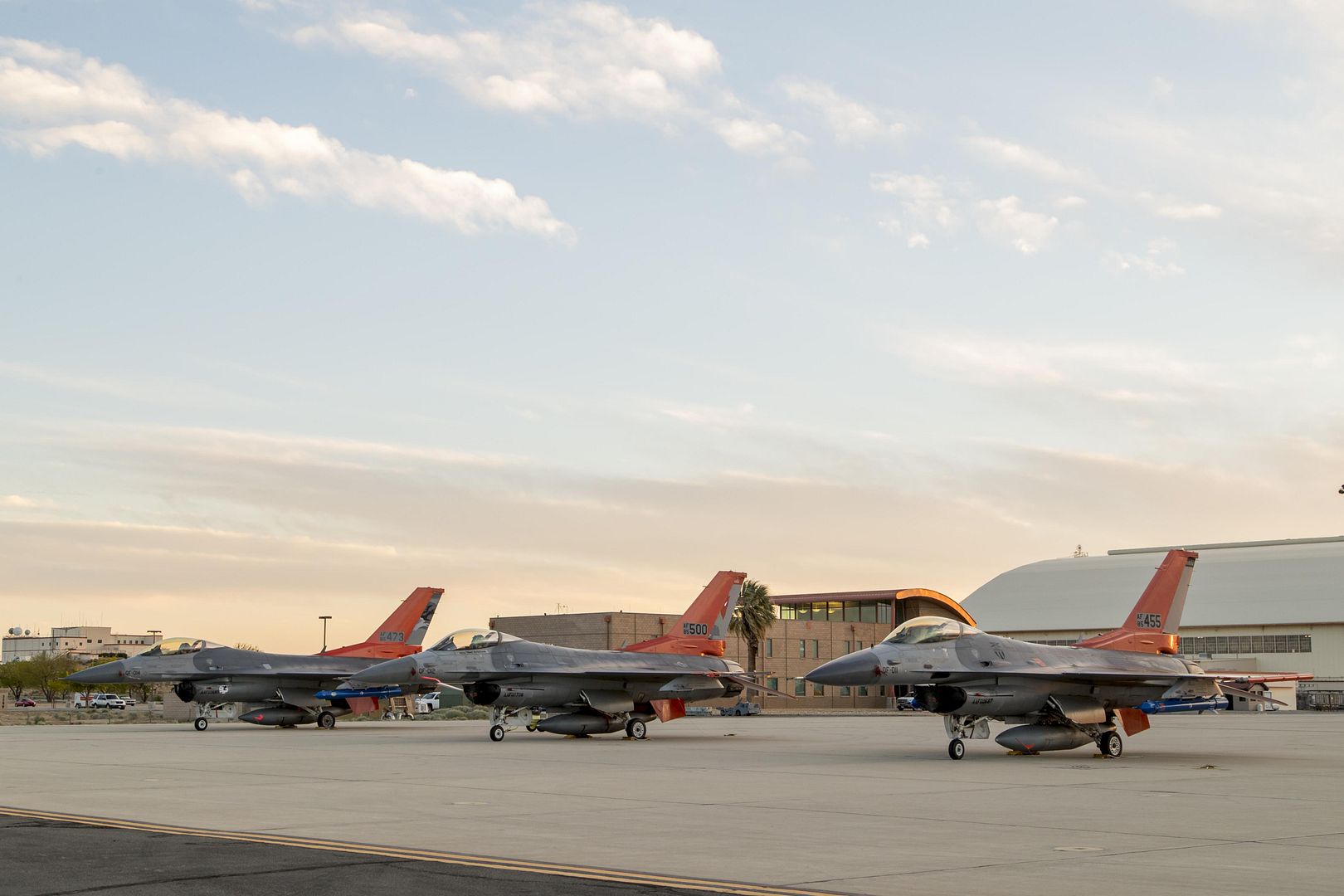
The QF-16 replaced the QF-4 Aerial Targets, which were converted F-4 Phantoms. The QF-4 flew its last unmanned mission Aug. 17, 2016 at Holloman AFB and was officially retired in December.
-
 Main AdminAn AV-8B Harrier assigned to Marine Attack Squadron (VMA) 231, is taxied down the flight line at Marine Corps Air Station Cherry Point, N.C., May 18, 2017. VMA-231 returned from deployment in support of joint military operations in the Middle East. (U.S. Marine Corps Photo by Lance Cpl. Cody J. Ohira)
Main AdminAn AV-8B Harrier assigned to Marine Attack Squadron (VMA) 231, is taxied down the flight line at Marine Corps Air Station Cherry Point, N.C., May 18, 2017. VMA-231 returned from deployment in support of joint military operations in the Middle East. (U.S. Marine Corps Photo by Lance Cpl. Cody J. Ohira)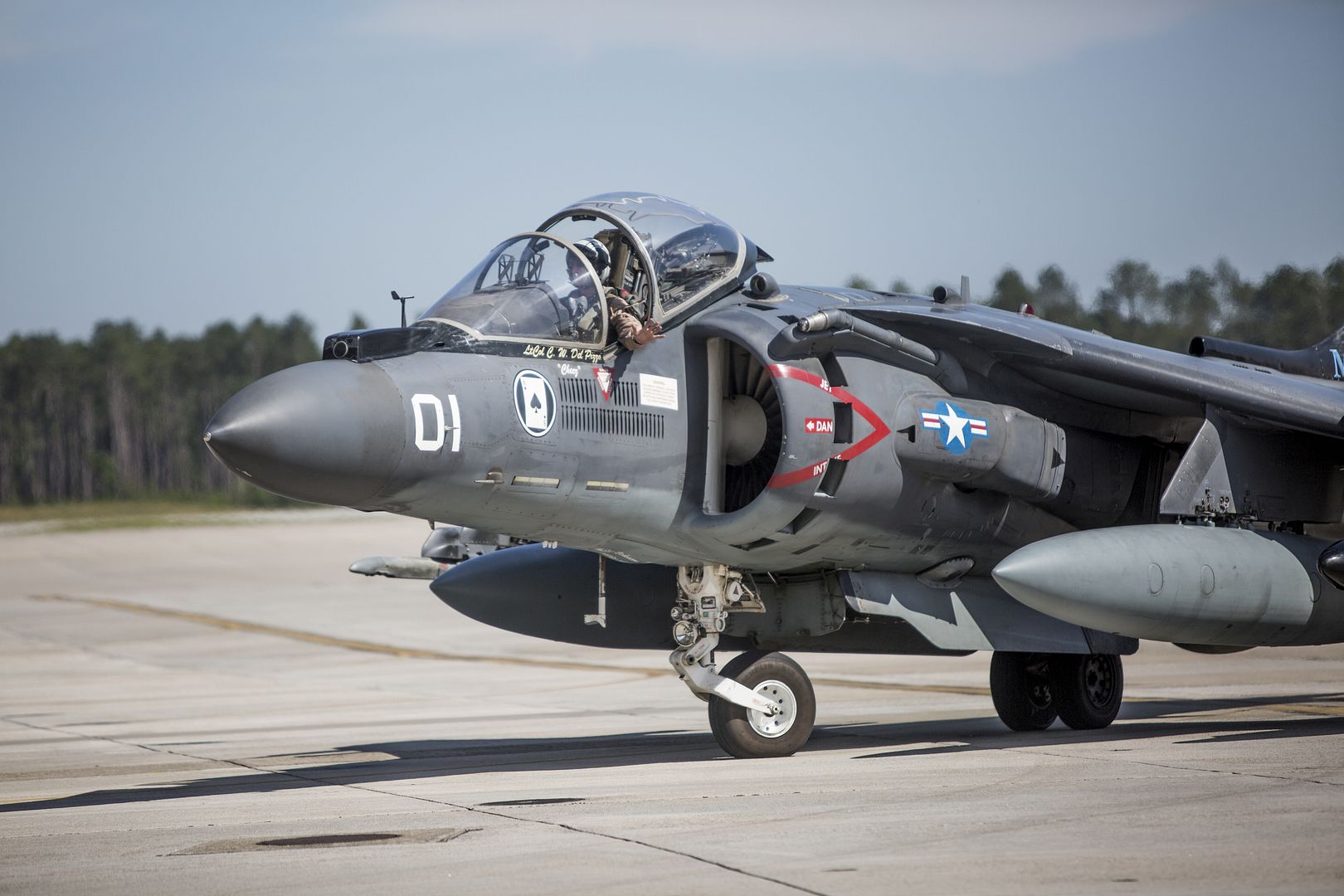
A U.S. Air Force F-15C Fighting Eagle with the 67th Fighter Squadron conducts flight operations during exercise Distant Frontier on Joint Base Elmendorf-Richardson, Alaska, May 18, 2017. Distant Frontier is a unit-level training iteration designed to sharpen participants' tactical combat skills and develop interoperable plans and programs across the joint force. (U.S. Marine Corps Photo by 1st Lt. Melissa M Heisterberg)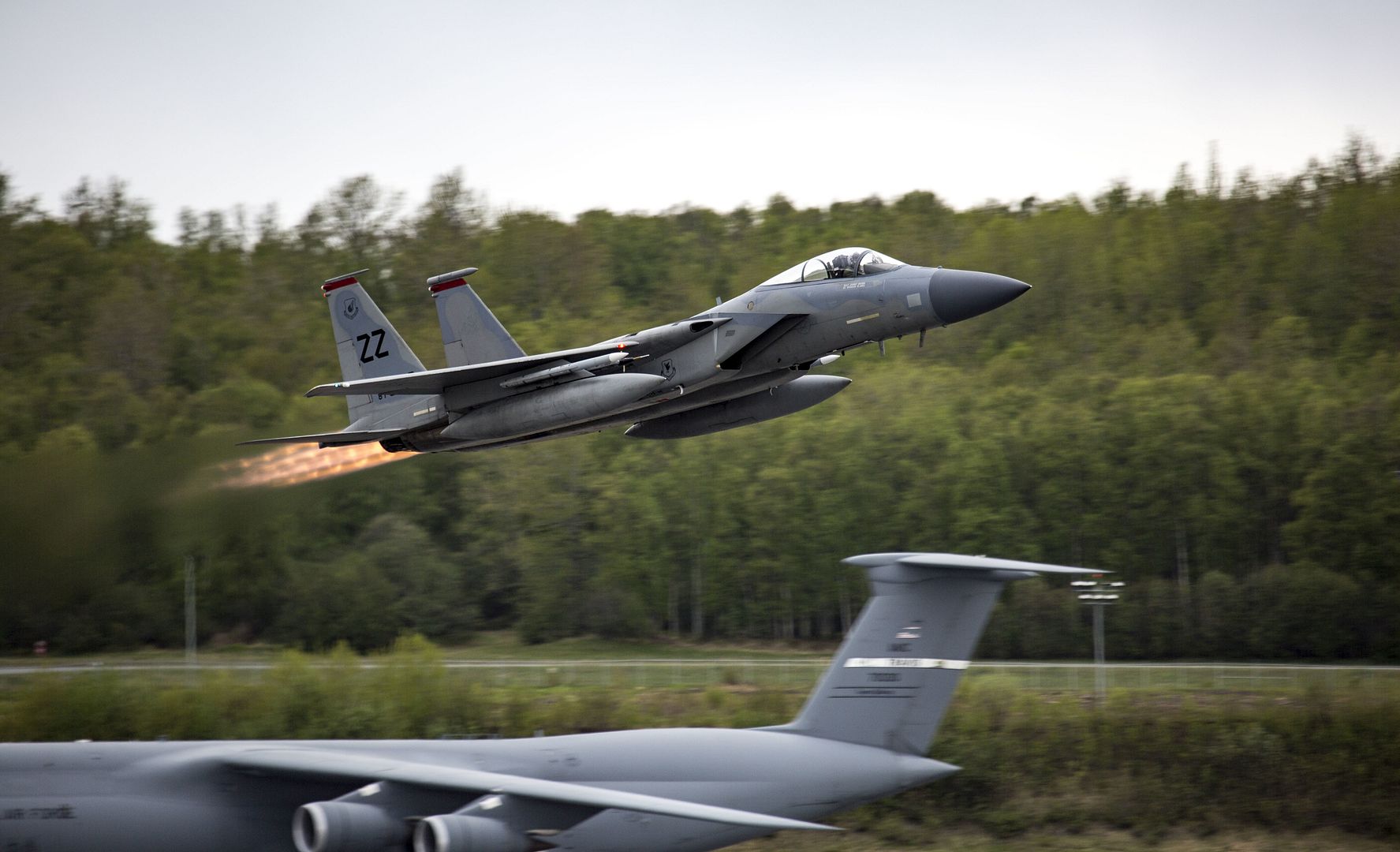
PACIFIC OCEAN (May 16, 2017) Aircraft assigned to Carrier Air Wing (CVW) 2 fly over the Nimitz-class aircraft carrier USS Carl Vinson (CVN 70) in the western Pacific. The U.S. Navy has patrolled the Indo-Asia-Pacific routinely for more than 70 years promoting regional peace and security. (U.S. Navy photo by Mass Communication Specialist 3rd Class Matthew Granito/Released)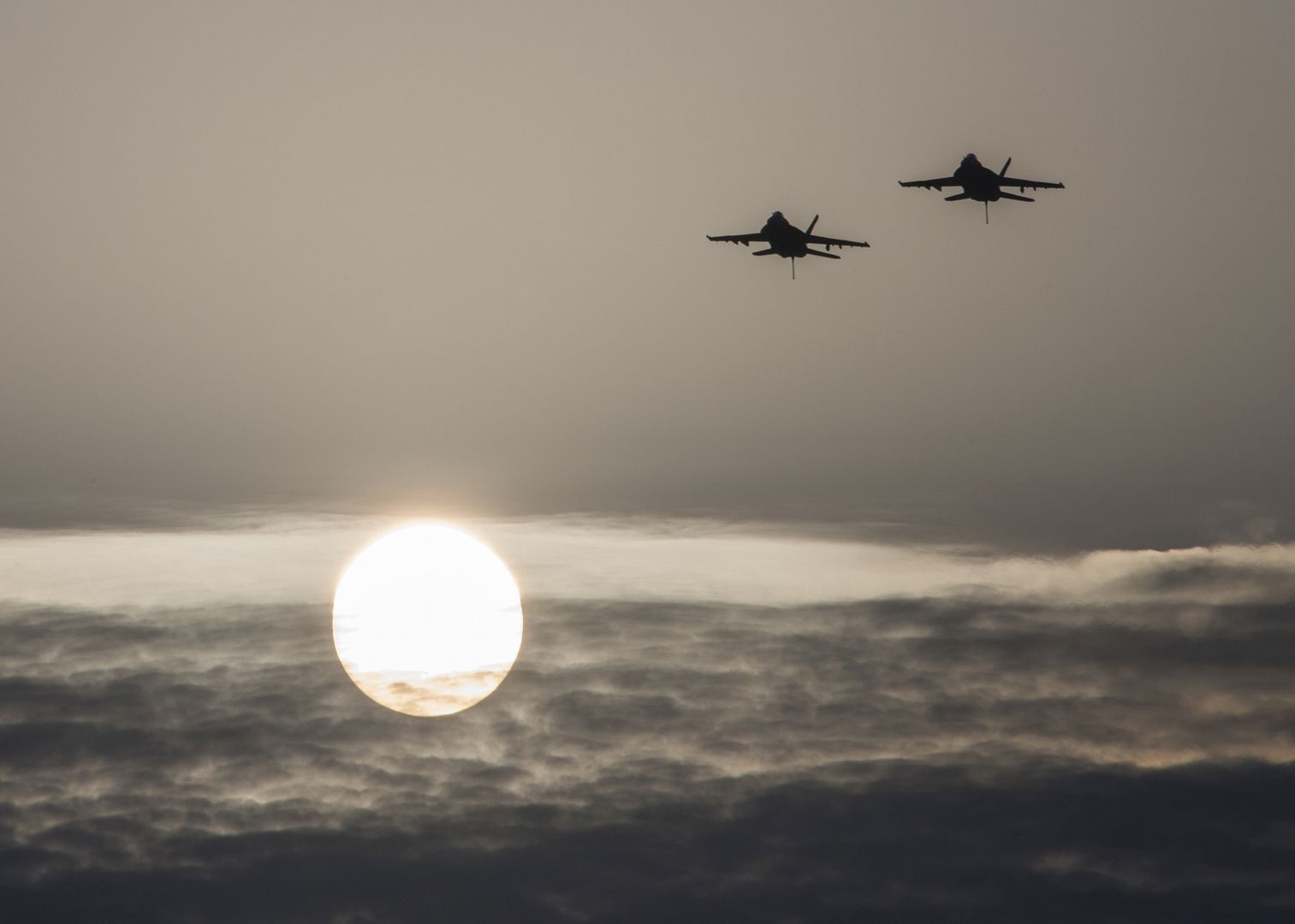
PACIFIC OCEAN (May 17, 2017) An F/A-18F Super Hornet assigned to the ?Bounty Hunters? of Strike Fighter Squadron (VFA) 2 makes an arrested landing on the Nimitz-class aircraft carrier USS Carl Vinson (CVN 70) in the western Pacific. The U.S. Navy has patrolled the Indo-Asia-Pacific routinely for more than 70 years promoting regional peace and security. (U.S. Navy photo by Airman Courtney Leavitt/Released)
Two F-15 Eagle aircraft from RAF Lakenheath, England, fly in formation next to the KC-135 Stratotanker they just refueled from May 19, 2017. The KC-135 is assigned to RAF Mildenhall, England. All three aircraft are on their way to support Arctic Challenge 2017, a multinational exercise encompassing 11 nations and more than 100 aircraft. (U.S. Air Force photo by Tech. Sgt. David Dobrydney)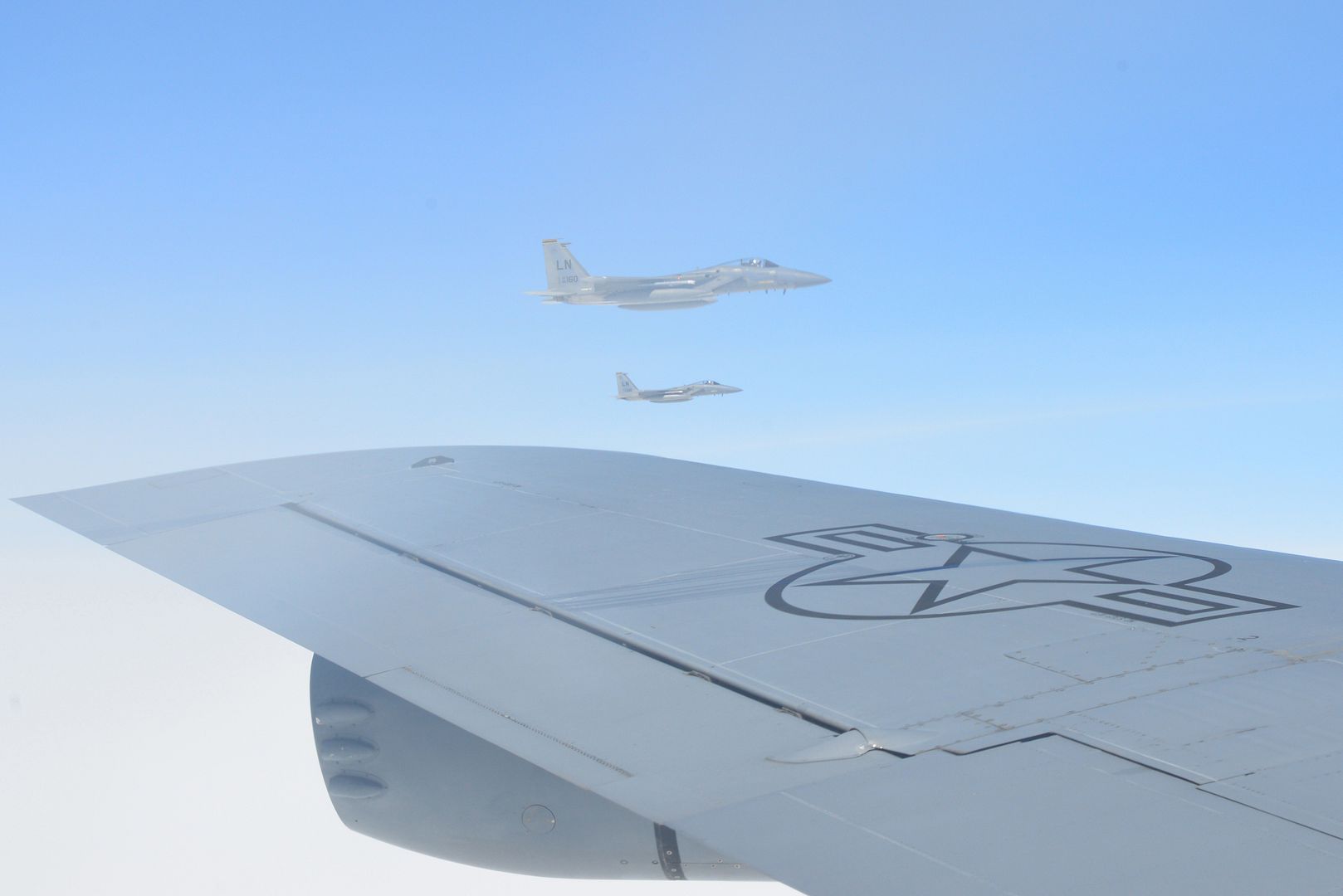
Lt. Col. Vince O?Connor, the commander of the 555th Expeditionary Fighter Squadron, throws up the ?Triple Nickel? sign after landing on Bagram Airfield, Afghanistan, May 19, 2017. O?Connor, who recently surpassed 2,000 career flying hours, has flown all over the world to include Afghanistan, Europe and Pacific region. (U.S. Air Force photo by Staff Sgt. Benjamin Gonsier)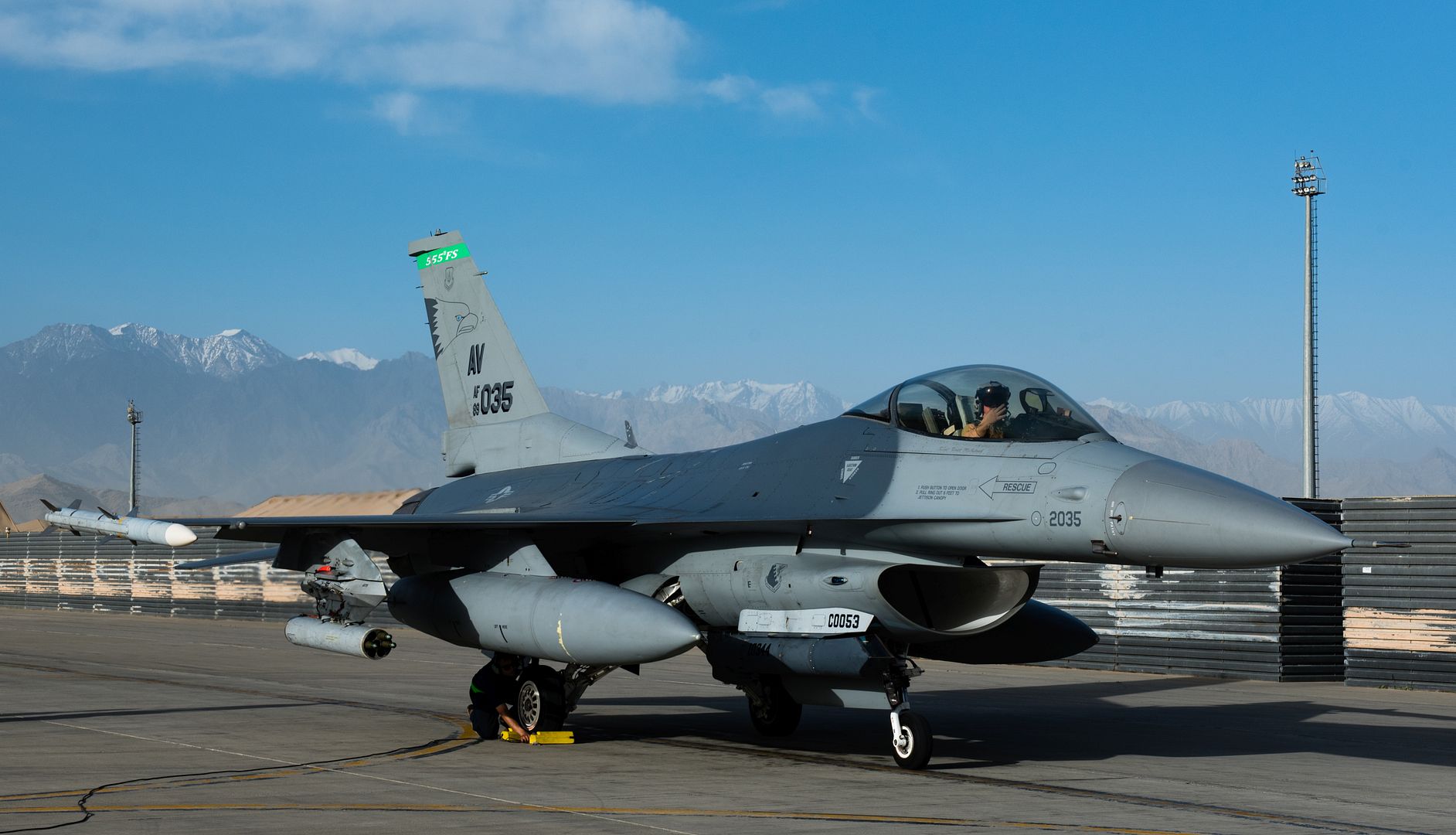
-
 Main AdminA KC-135 Stratotanker assigned to the 100th Air Refueling Wing on RAF Mildenhall, England, taxis after landing in Lulea, Sweden, May 19, 2017. The aircraft is participating in Arctic Challenge 2017, a multinational exercise encompassing 11 nations and more than 100 aircraft. (U.S. Air Force courtesy photo by Louise Levin)
Main AdminA KC-135 Stratotanker assigned to the 100th Air Refueling Wing on RAF Mildenhall, England, taxis after landing in Lulea, Sweden, May 19, 2017. The aircraft is participating in Arctic Challenge 2017, a multinational exercise encompassing 11 nations and more than 100 aircraft. (U.S. Air Force courtesy photo by Louise Levin)
The U.S. Navy Blue Angels perform in the skies over Seymour Johnson Air Force Base, North Carolina, May 20, 2017, during the Wings Over Wayne Air Show. The Blue Angels are the Navy?s premiere aerial demonstration team, led by Commander Ryan J. Bernacchi, the #1 aircraft pilot, flight leader and commanding officer of the 2017 team. (U.S. Air Force photo by Airman 1st Class Christopher Maldonado)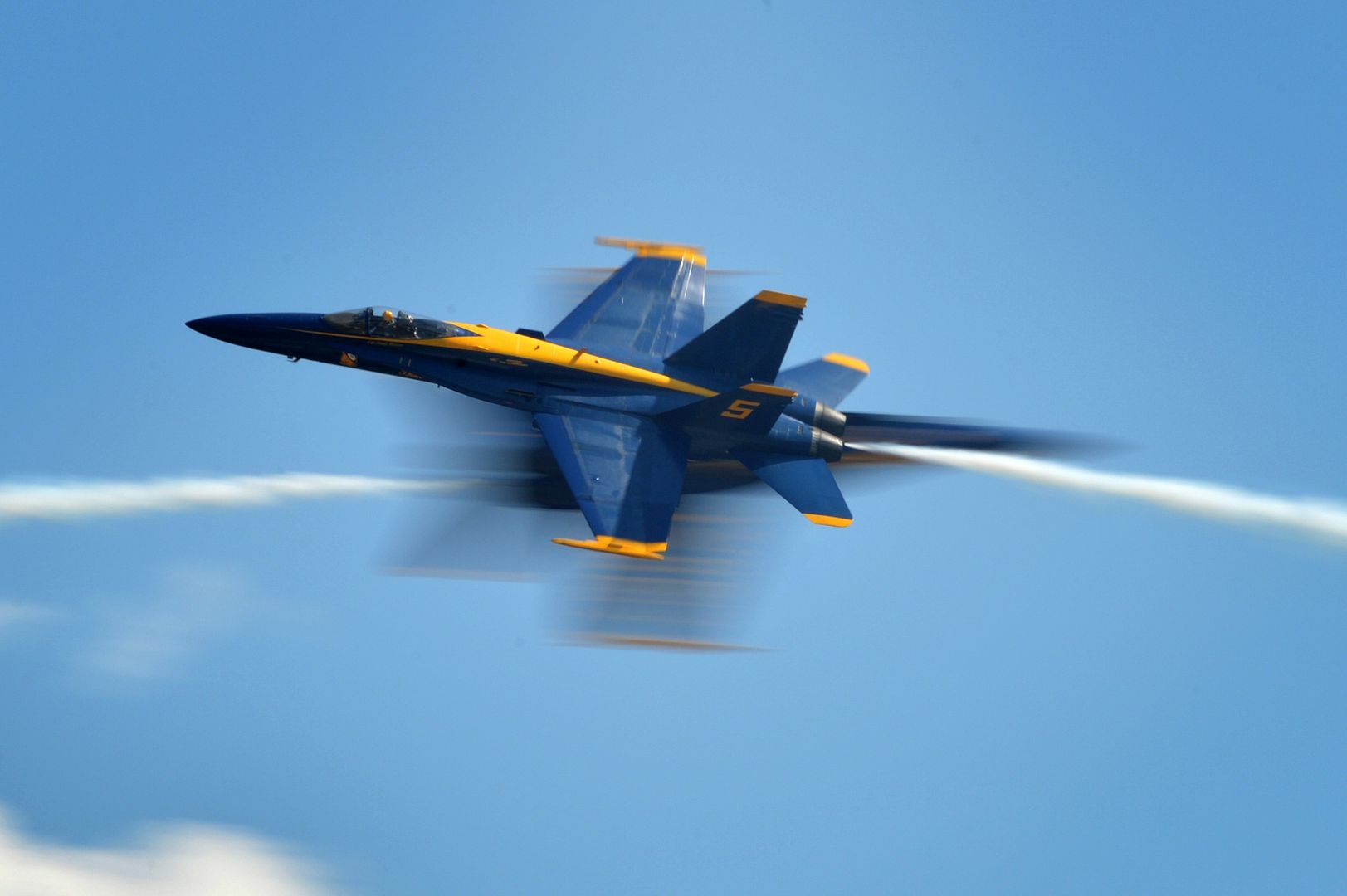
Gregory "Wired" Colyer flies his T-33 Acemaker during a performance at the Wings Over Wayne Air Show, May 20, 2017, at Seymour Johnson Air Force Base, North Carolina. The T-33 is a two-seat version of the U.S. Air Force?s first jet fighter, the F-80 Shooting Star. (U.S. Air Force photo by Airman 1st Class Christopher Maldonado)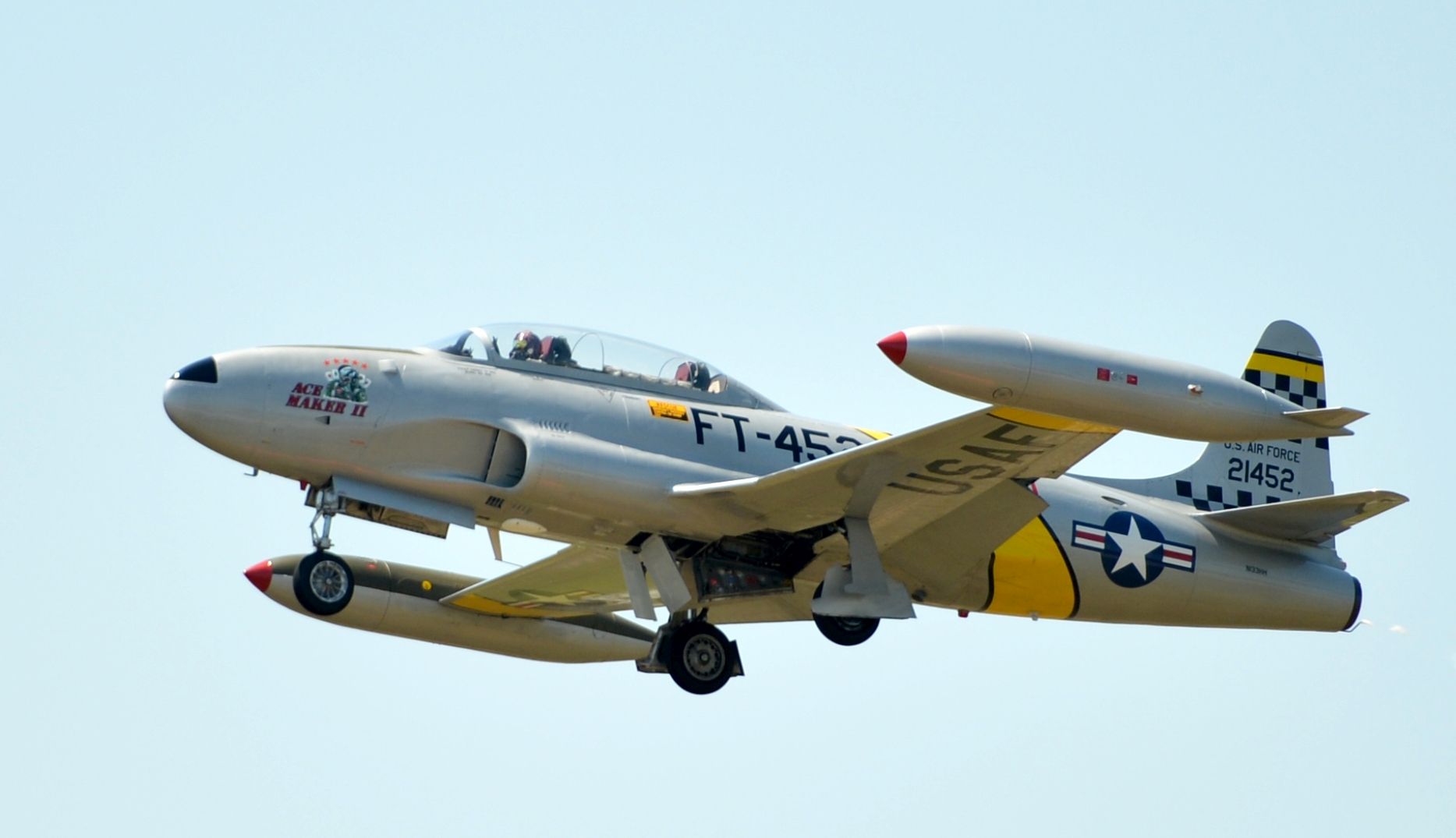
An F-86 Sabre jets across the sky during the Wings Over Wayne Air Show, May 20, 2017, at Seymour Johnson Air Force Base, North Carolina. The Sabre is flown by Paul Wood. (U.S. Air Force photo by Airman 1st Class Miranda A. Loera)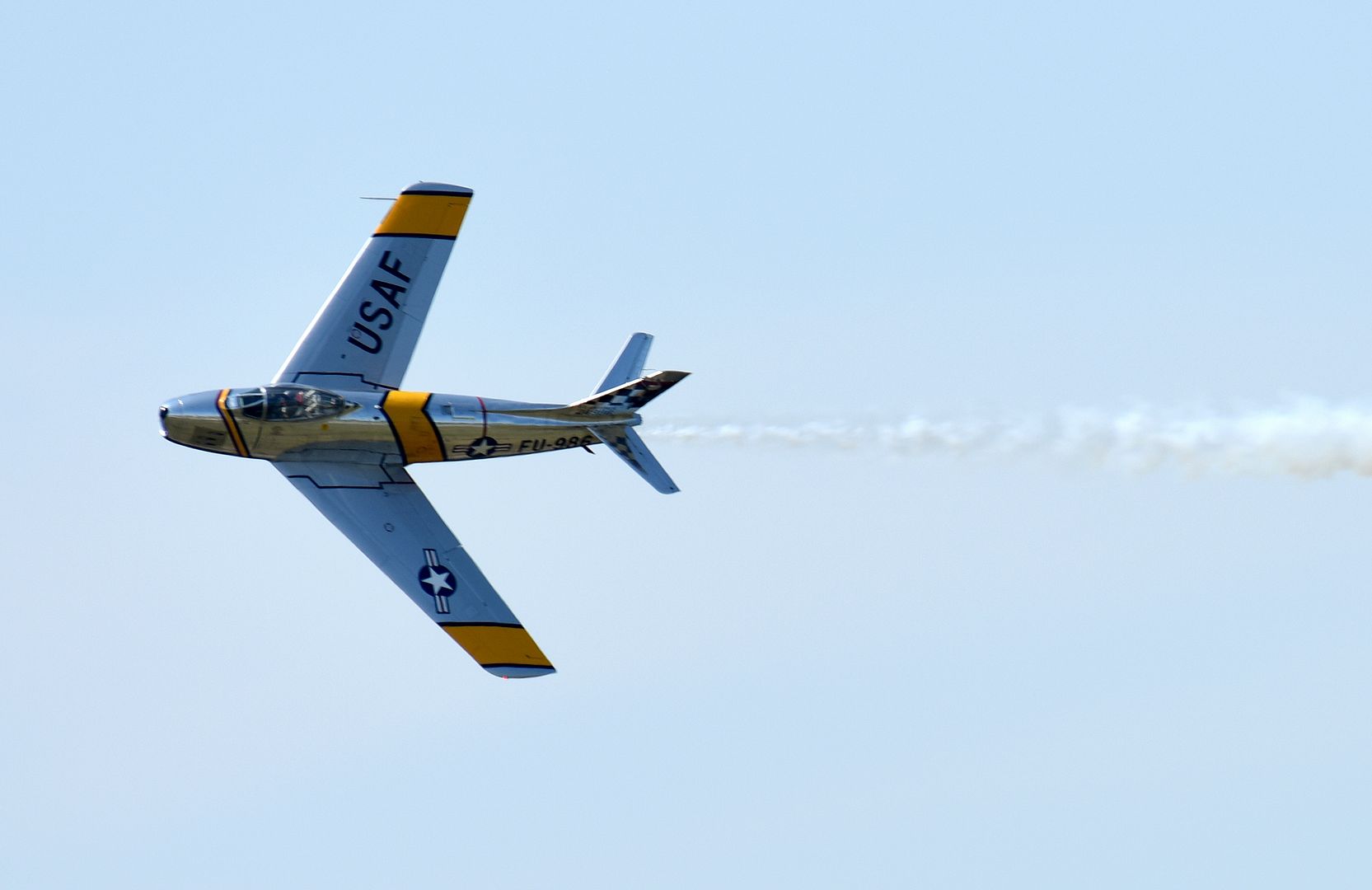
Post a reply
- Go to Previous topic
- Go to Next topic
- Go to Welcome
- Go to Introduce Yourself
- Go to General Discussion
- Go to Screenshots, Images and Videos
- Go to Off topic
- Go to Works in Progress
- Go to Skinning Tips / Tutorials
- Go to Skin Requests
- Go to IJAAF Library
- Go to Luftwaffe Library
- Go to RAF Library
- Go to USAAF / USN Library
- Go to Misc Library
- Go to The Ops Room
- Go to Made in Germany
- Go to Campaigns and Missions
- Go to Works in Progress
- Go to Juri's Air-Raid Shelter
- Go to Campaigns and Missions
- Go to Works in Progress
- Go to Skinpacks
- Go to External Projects Discussion
- Go to Books & Resources
